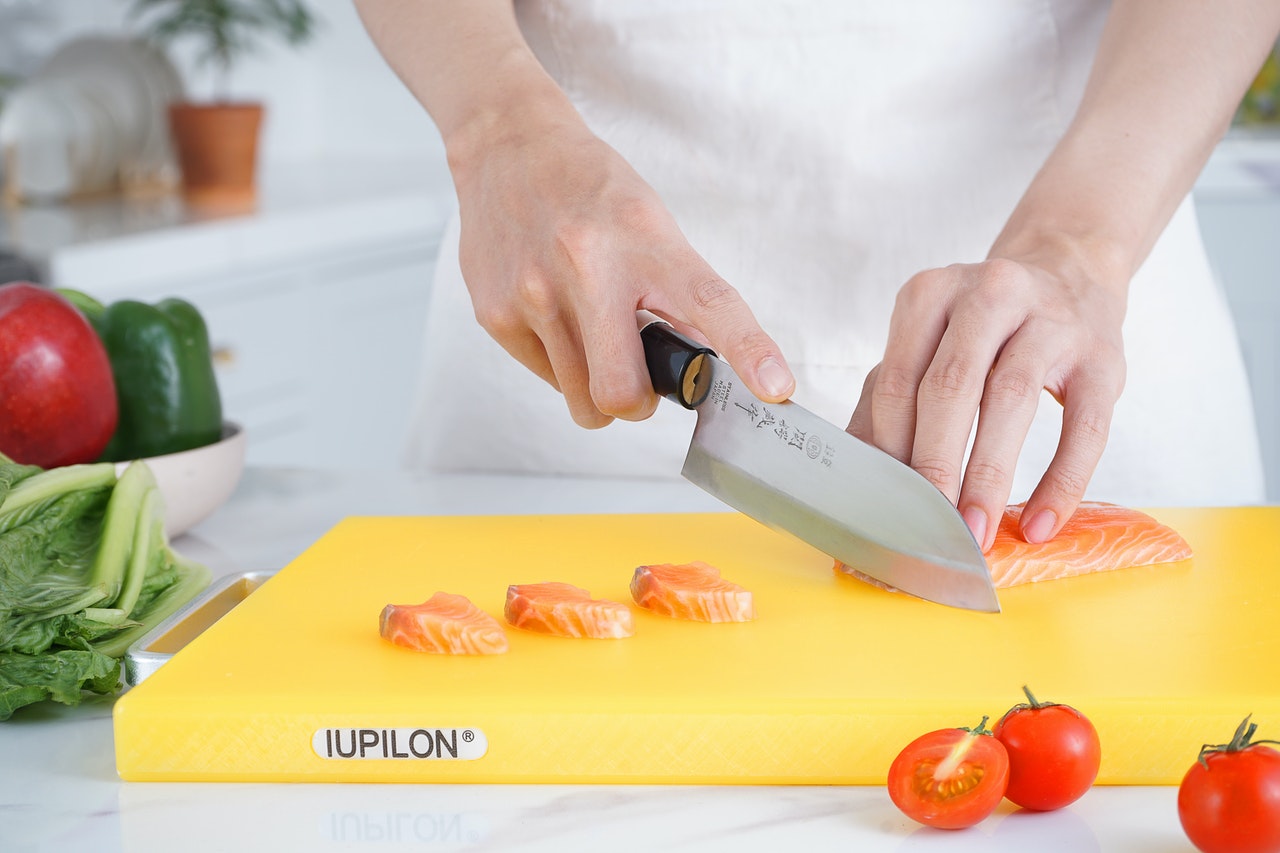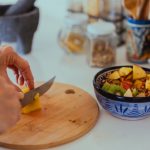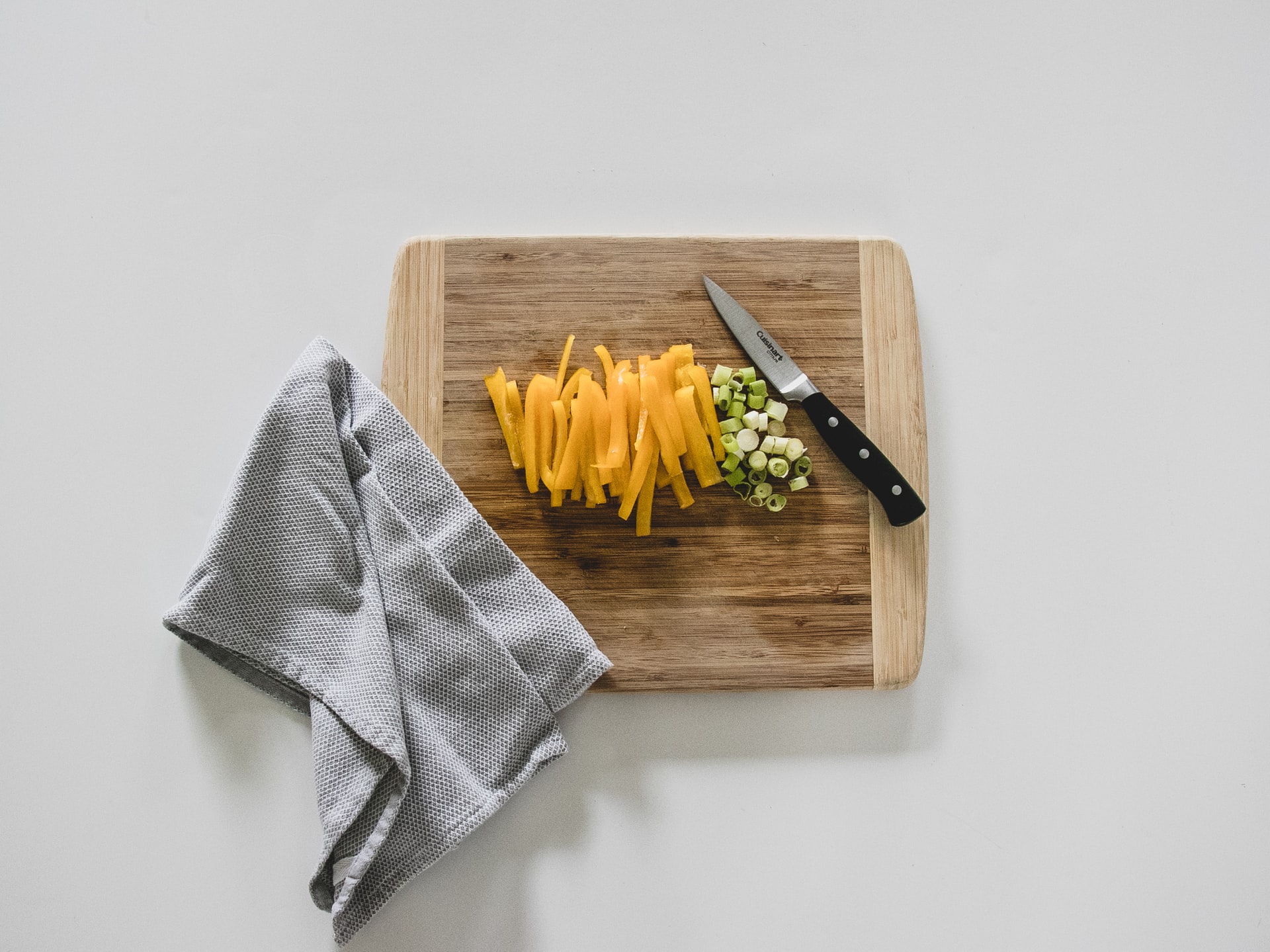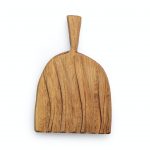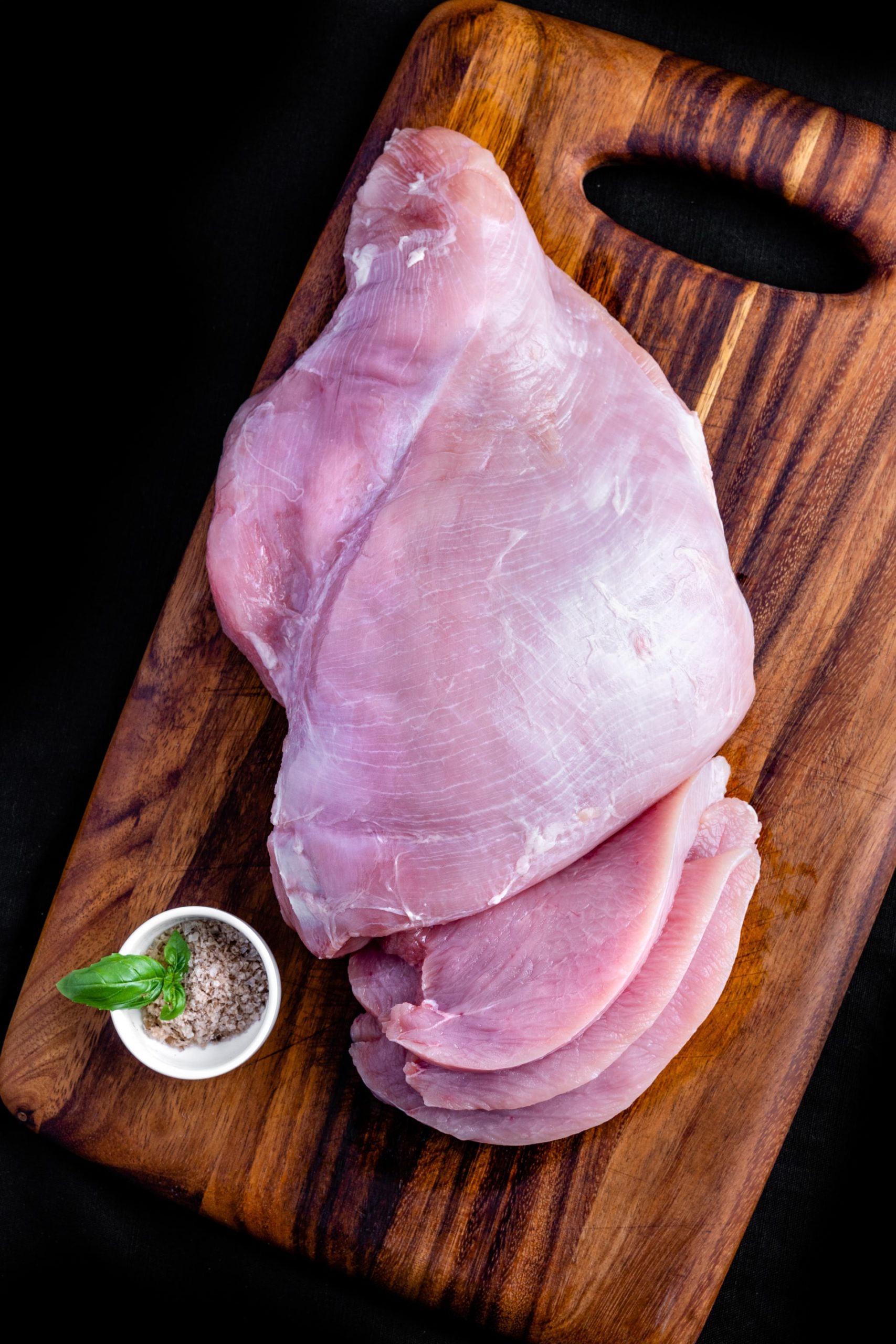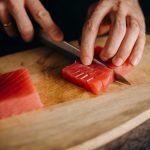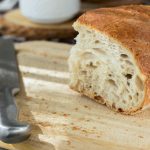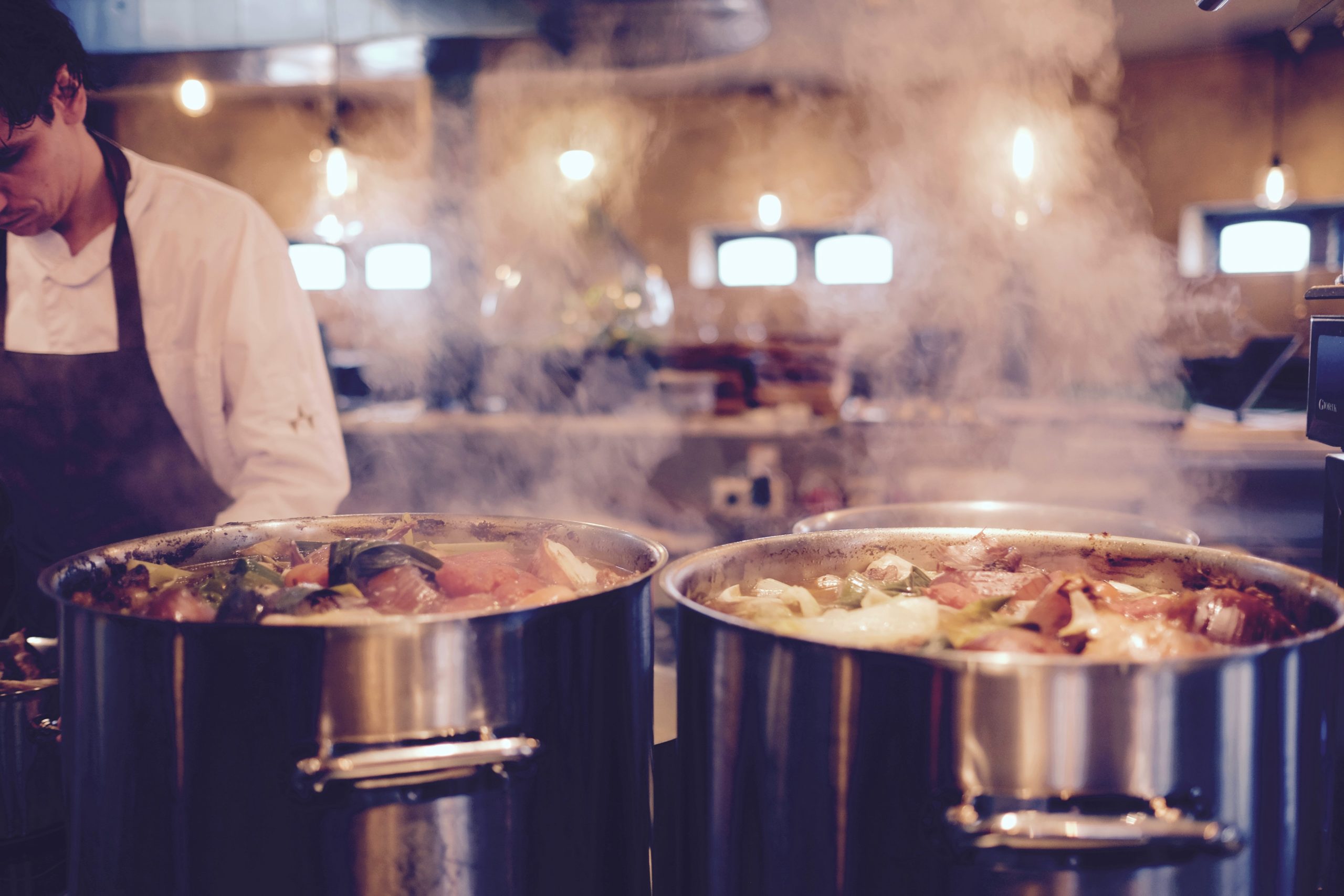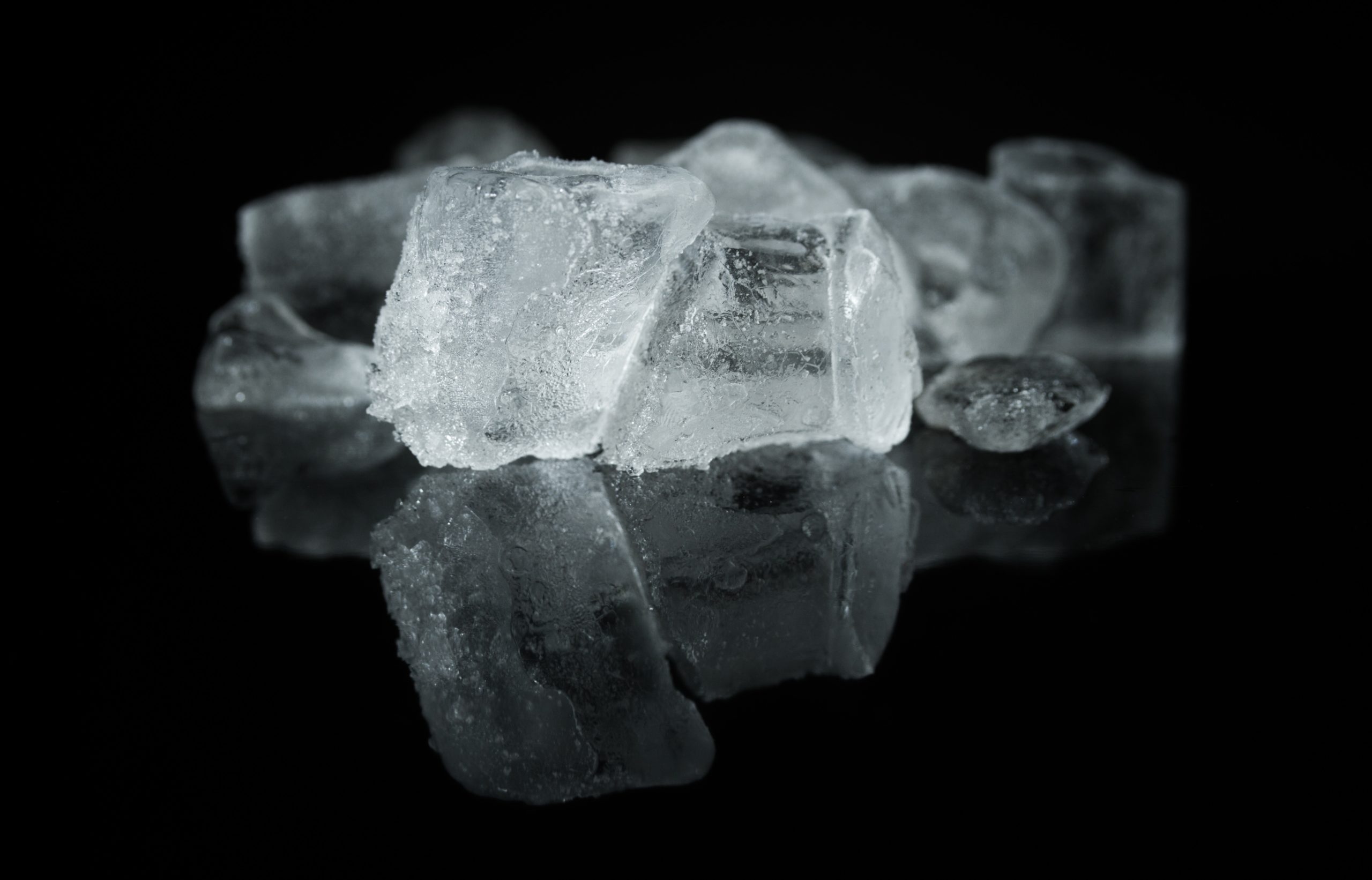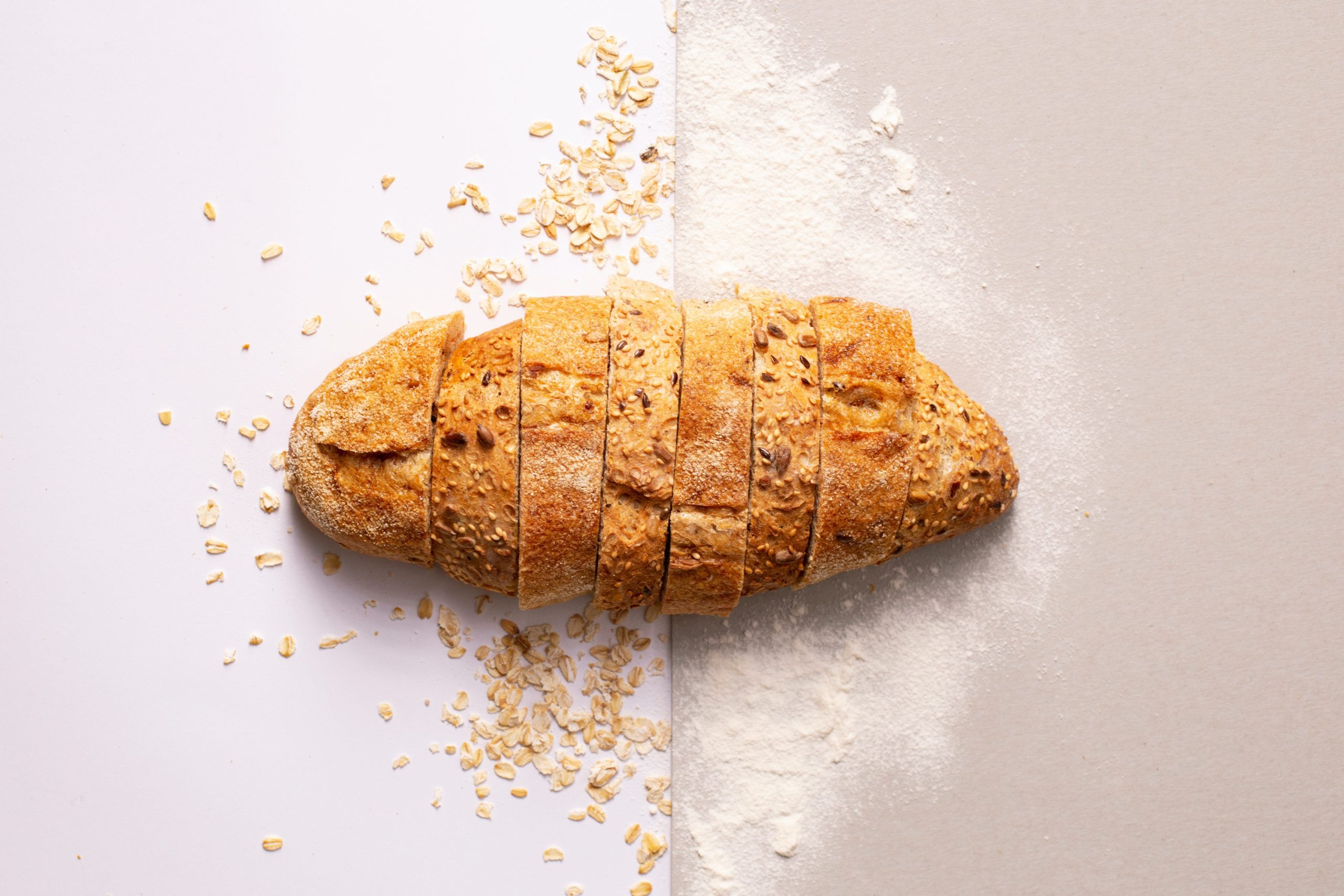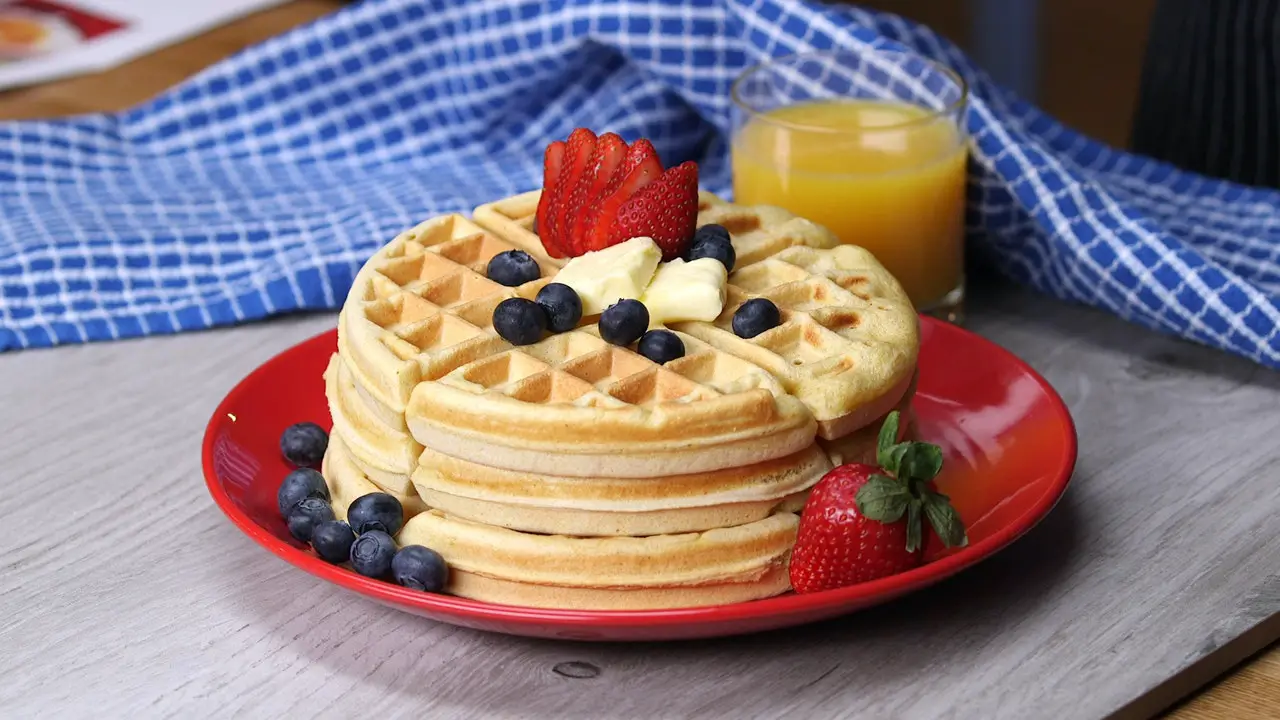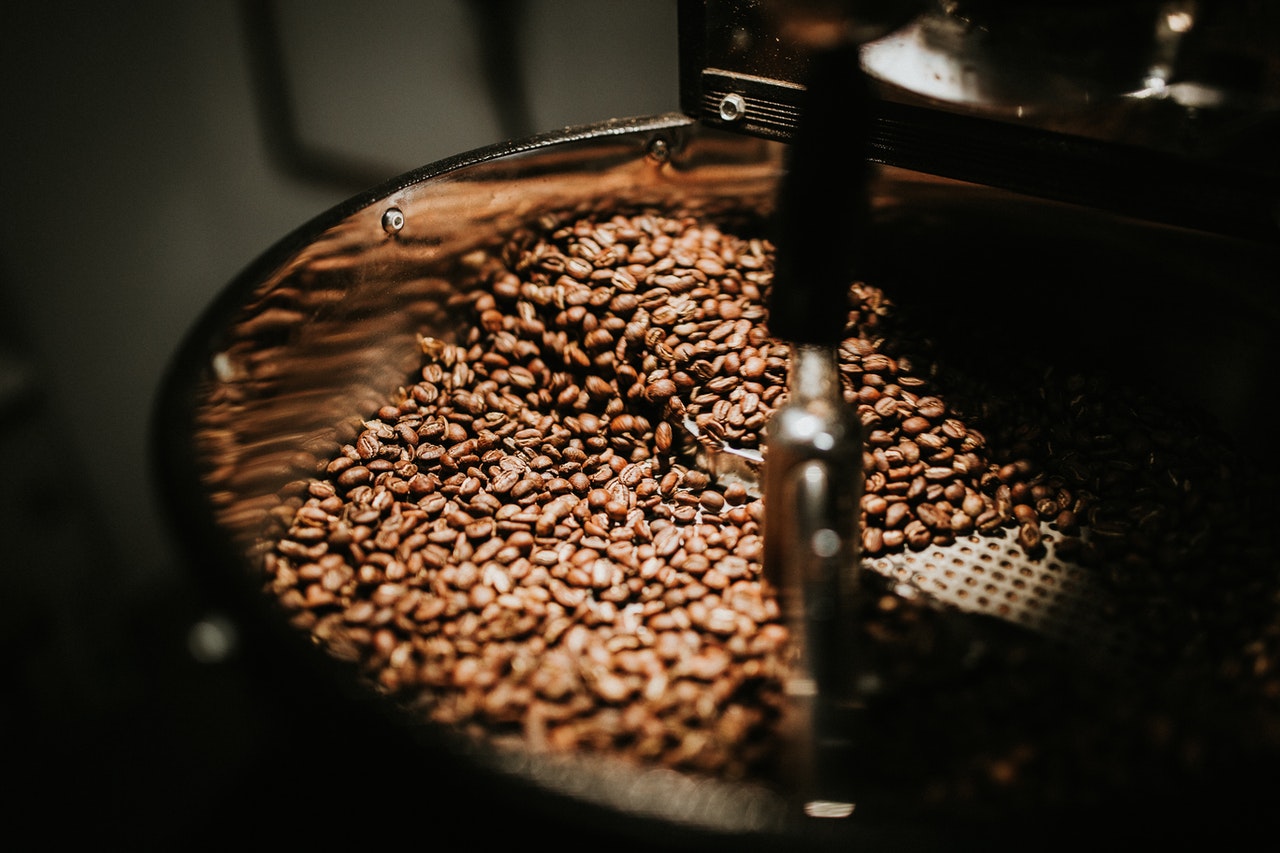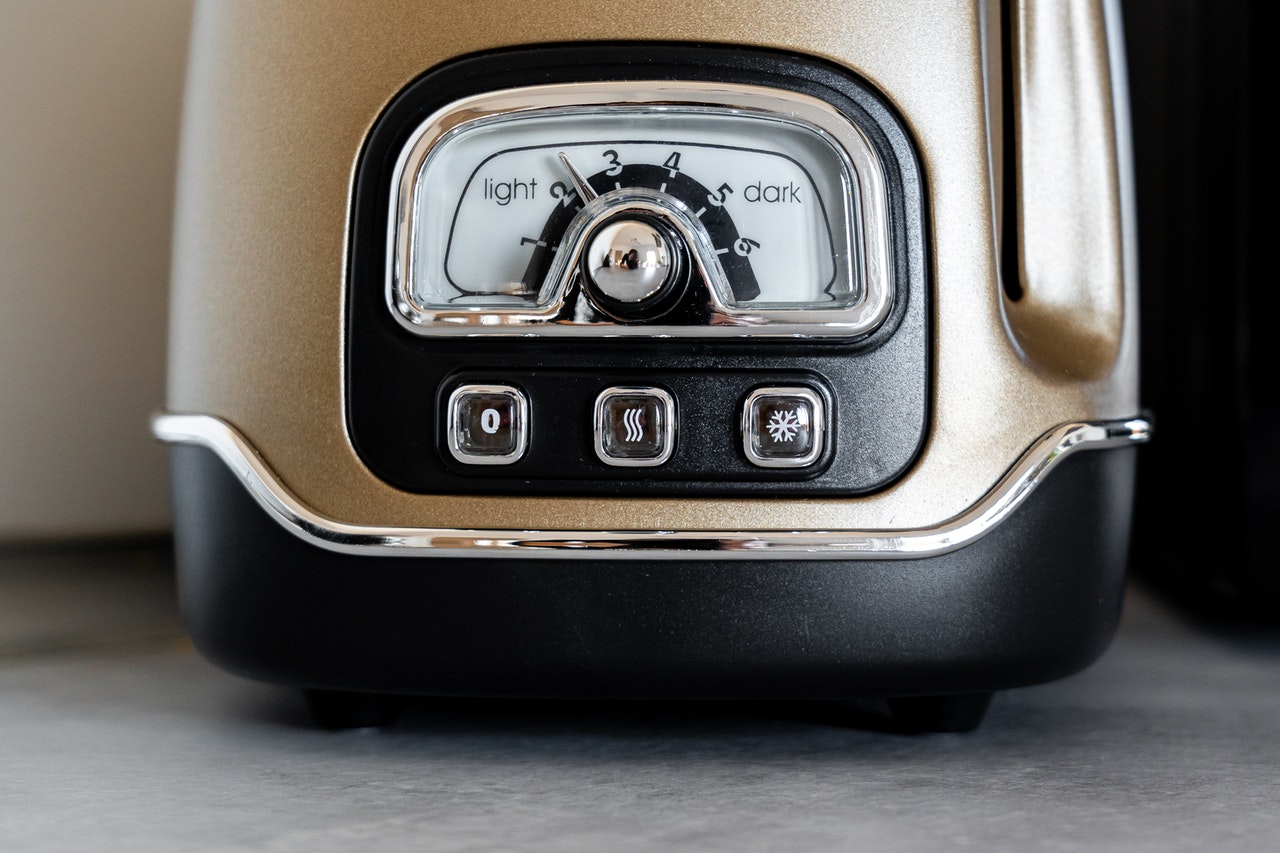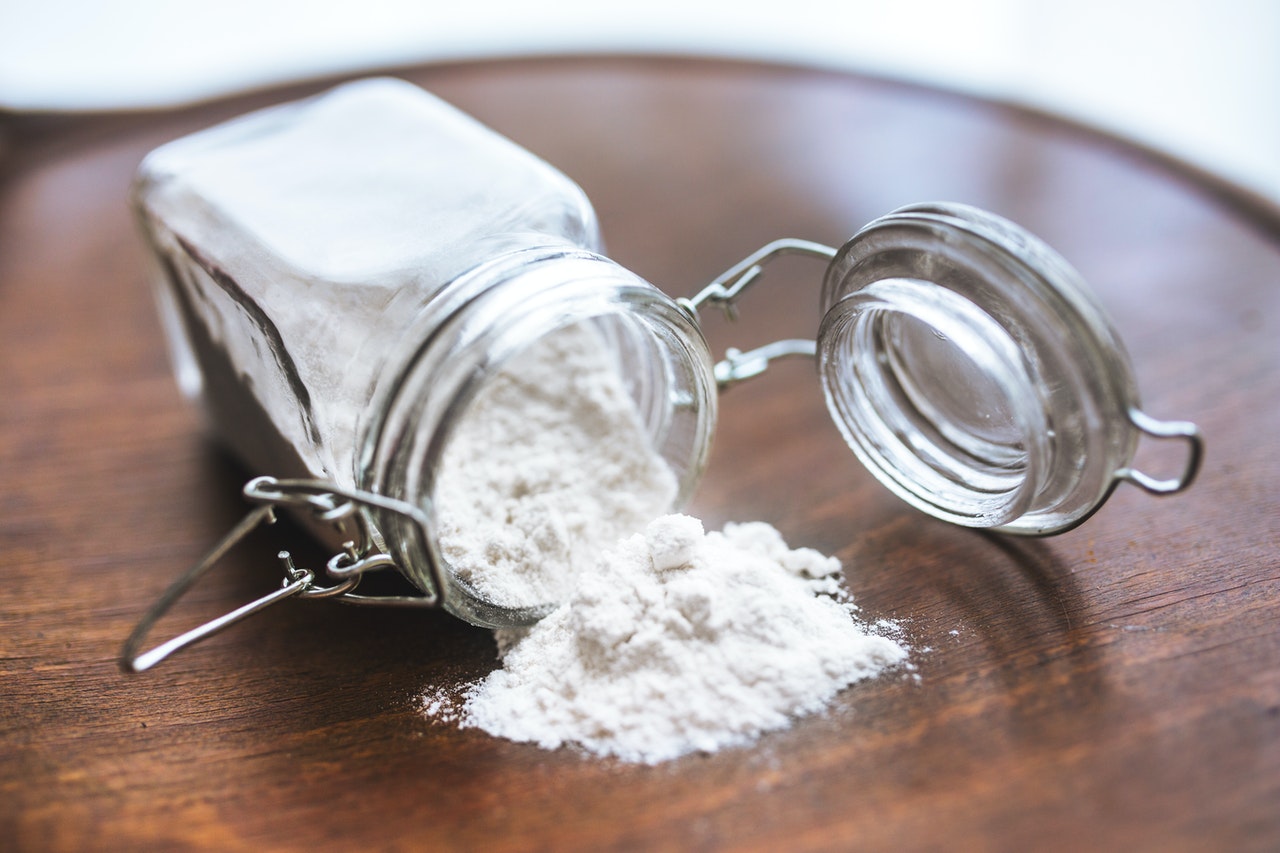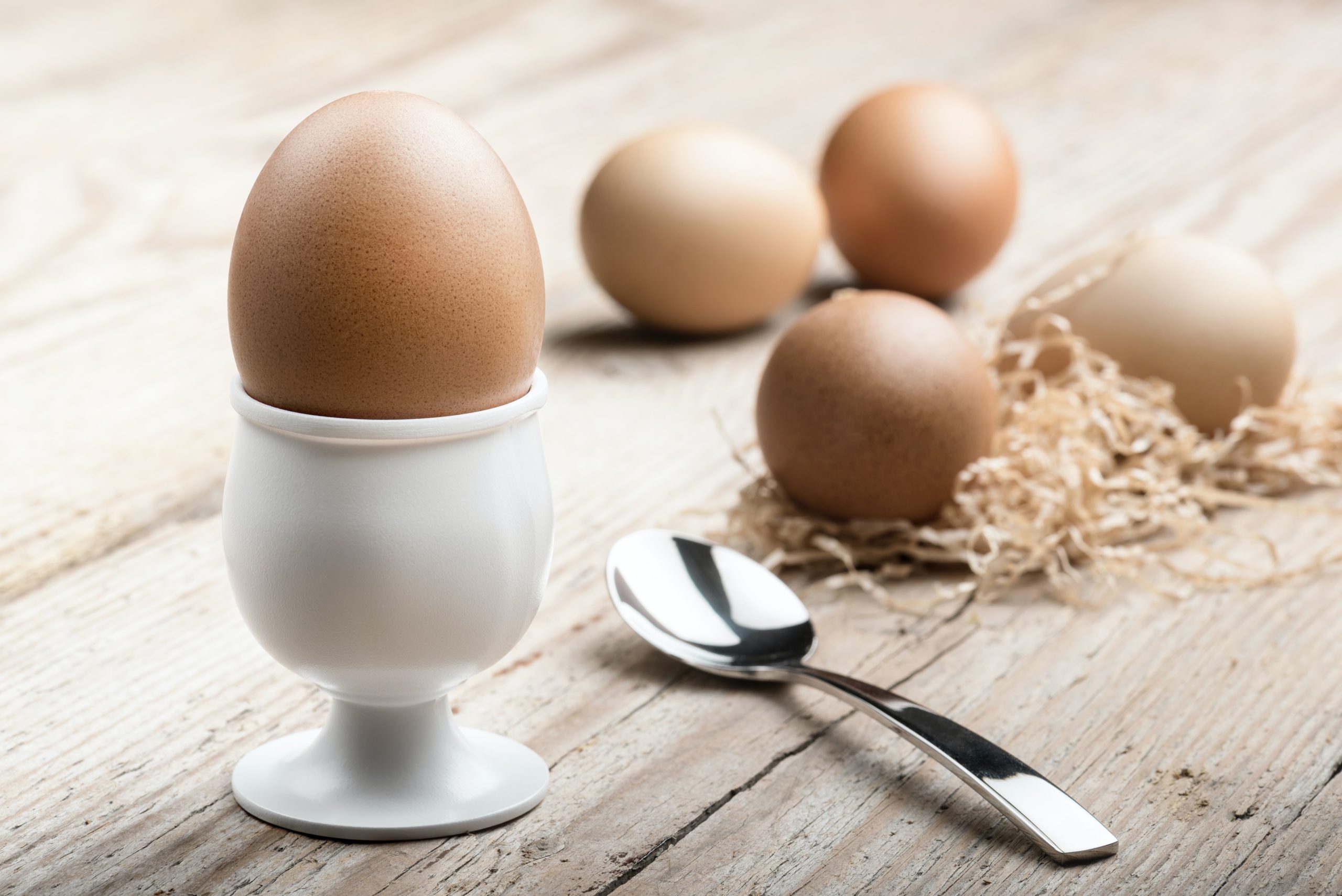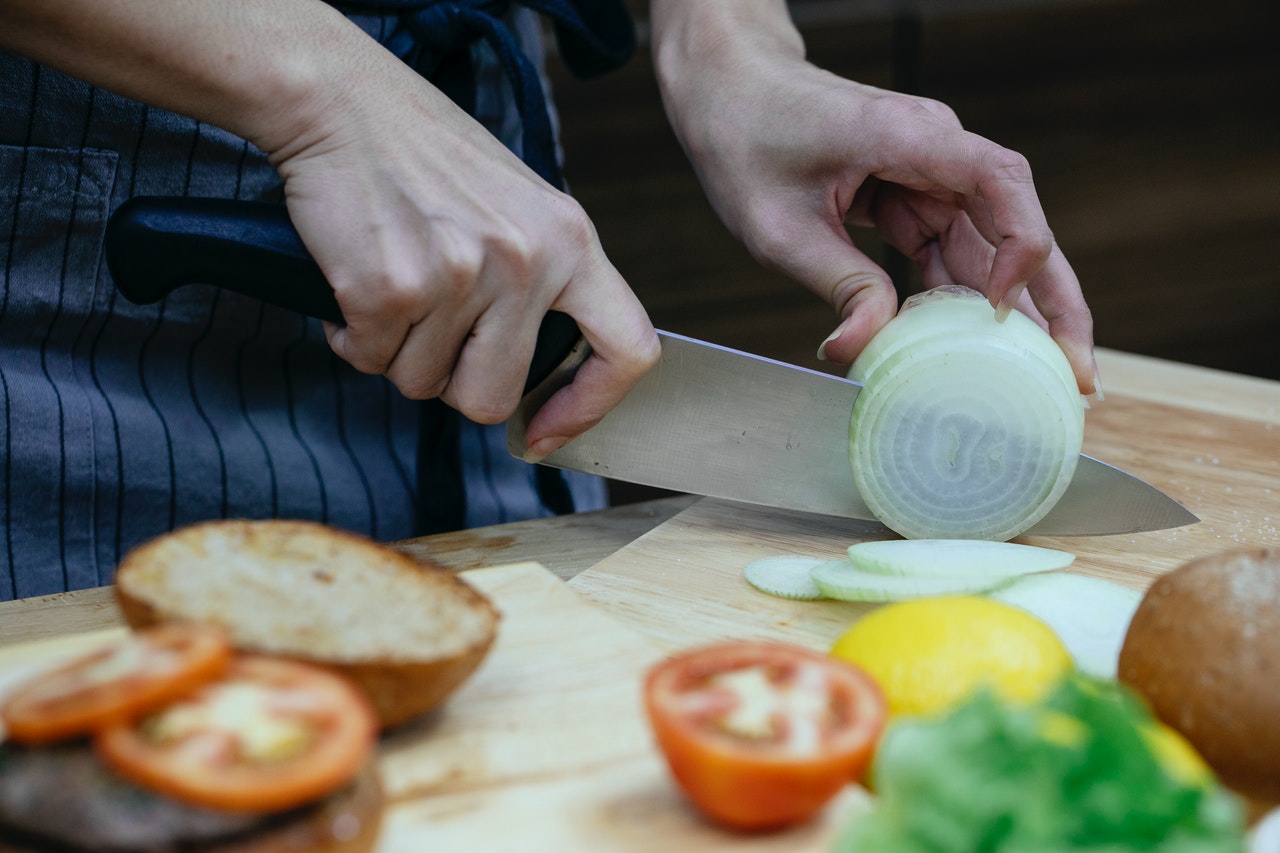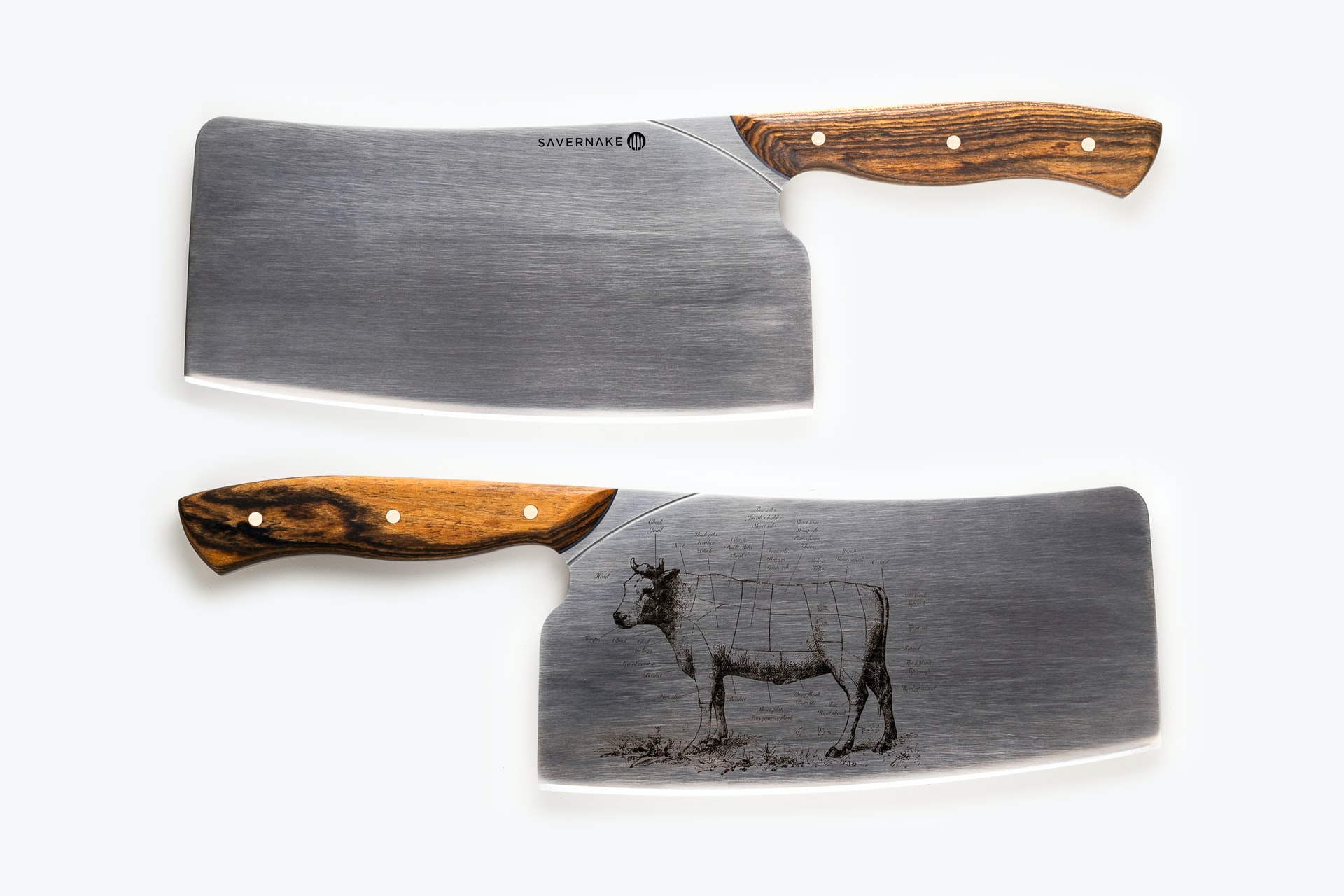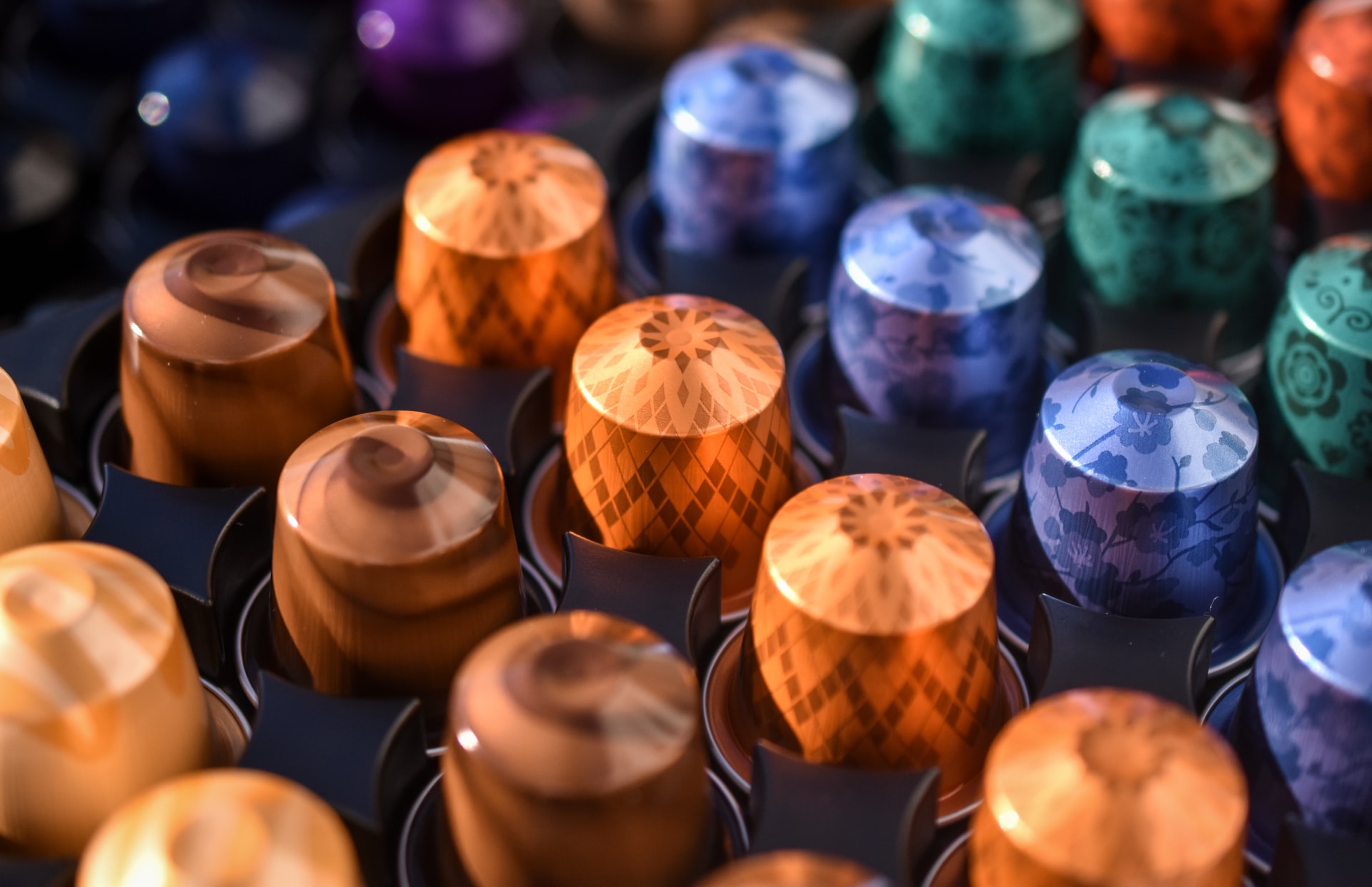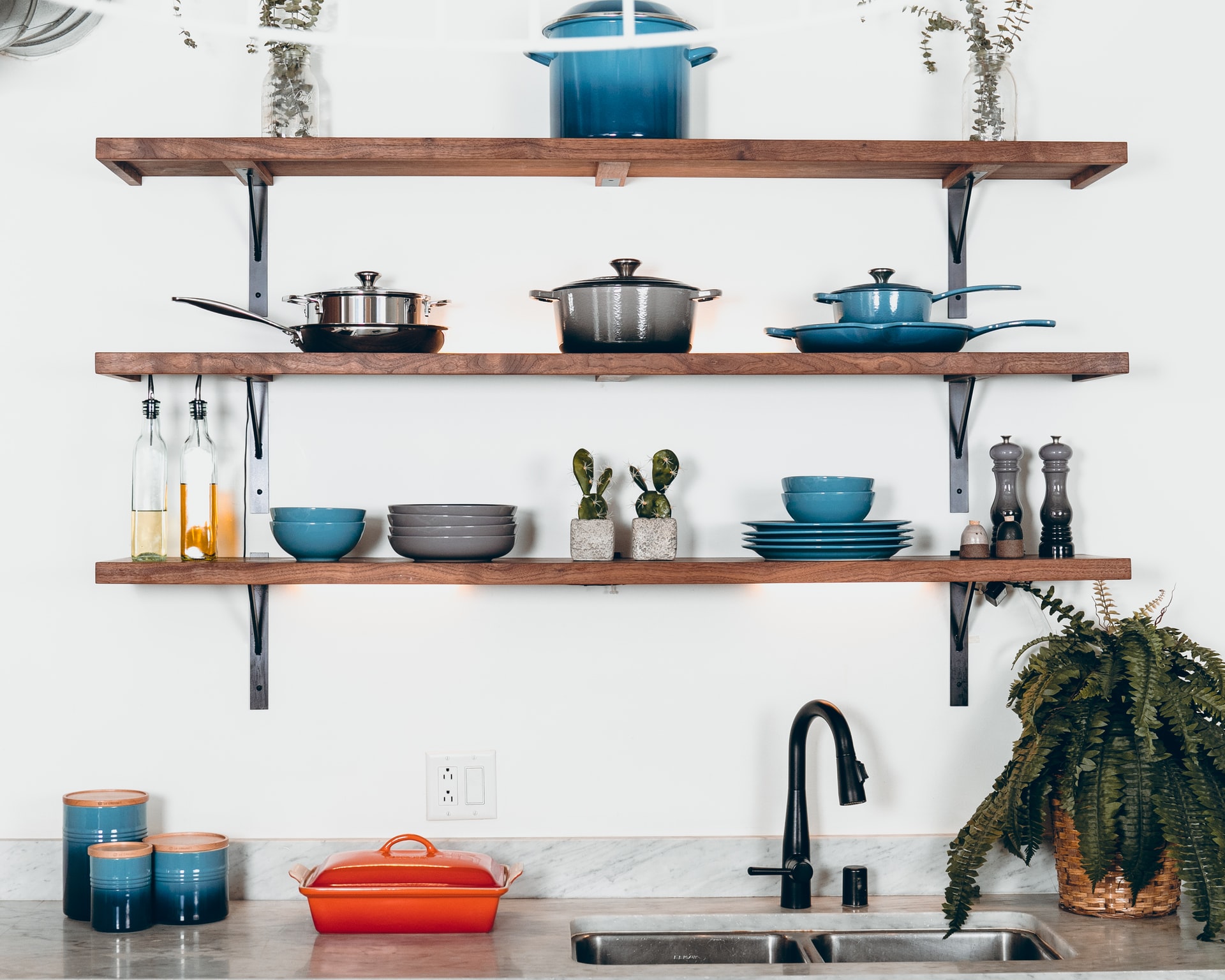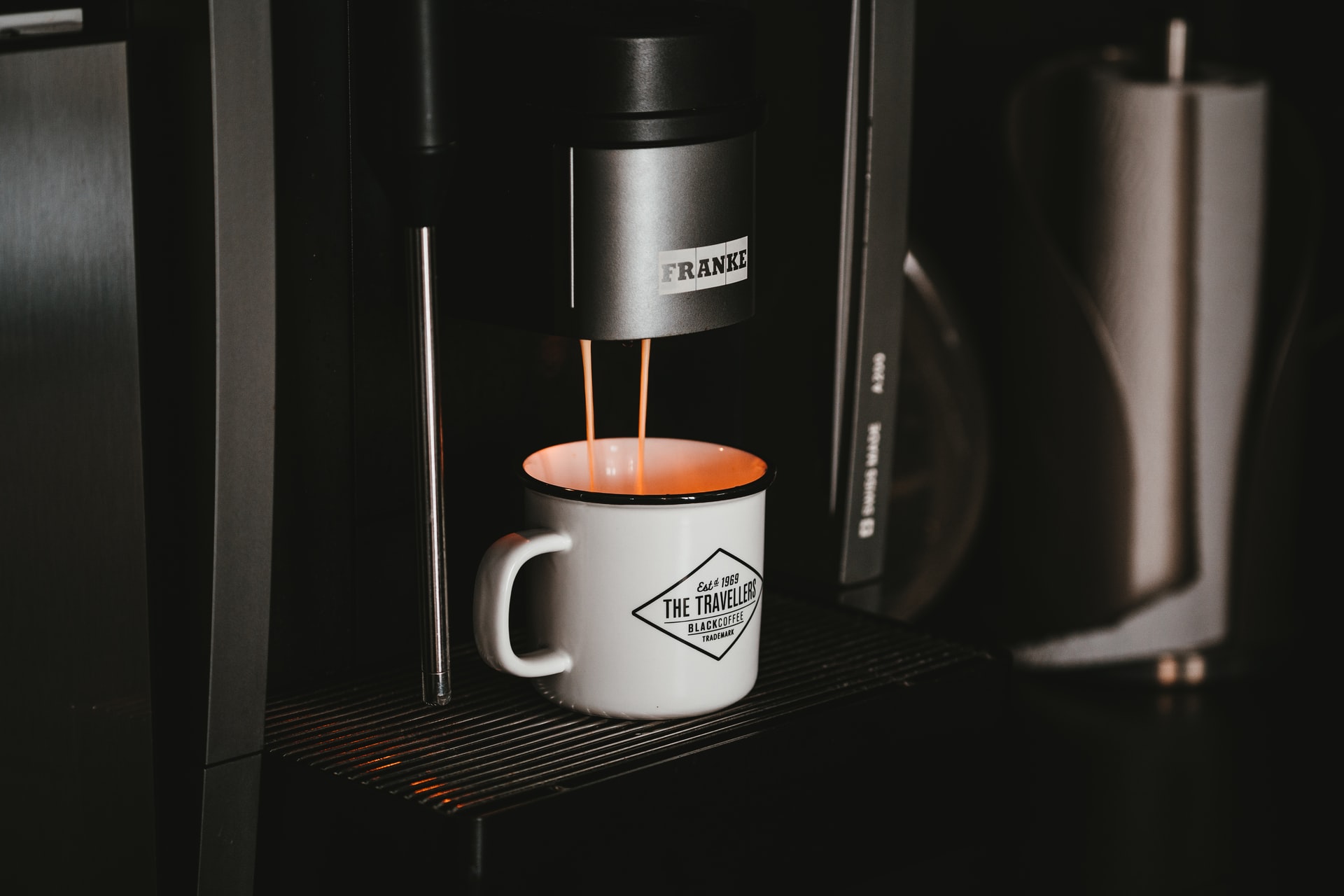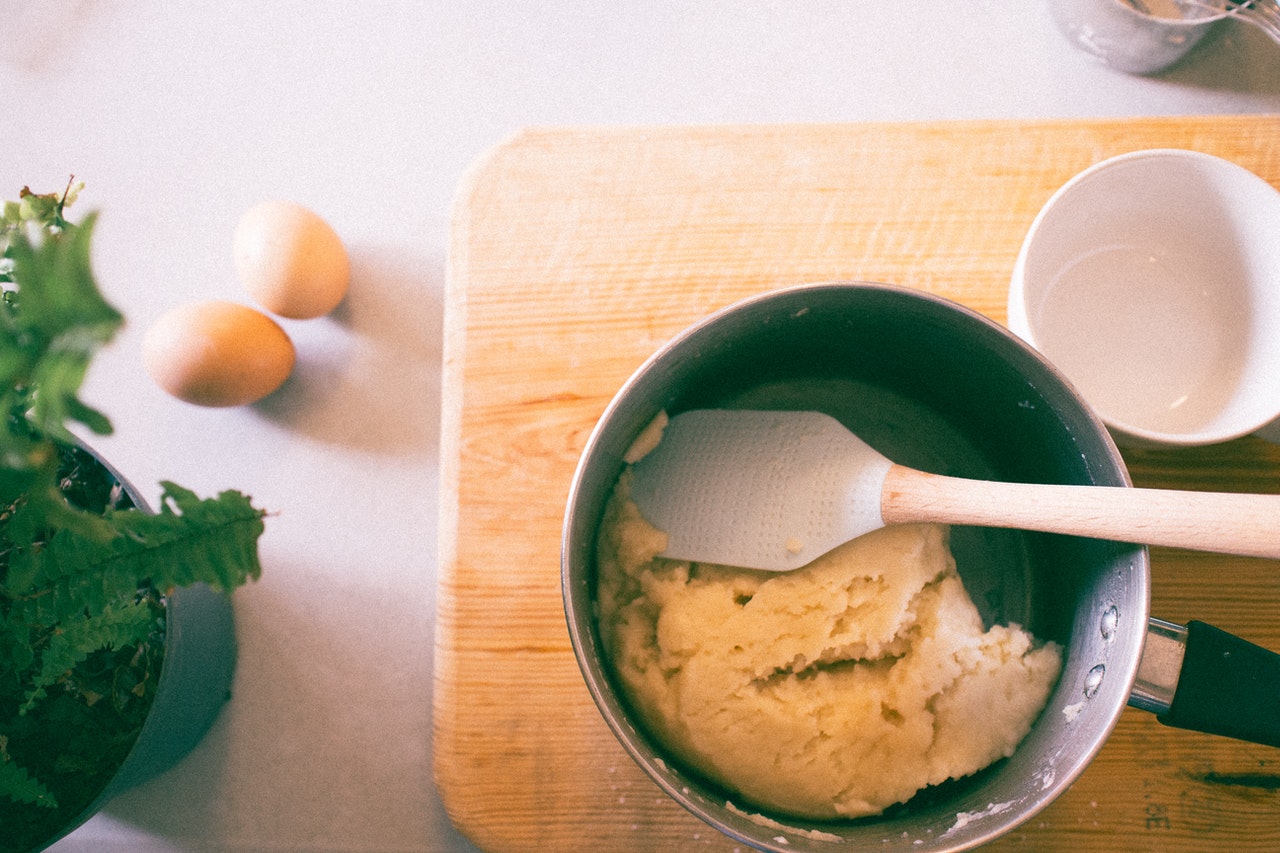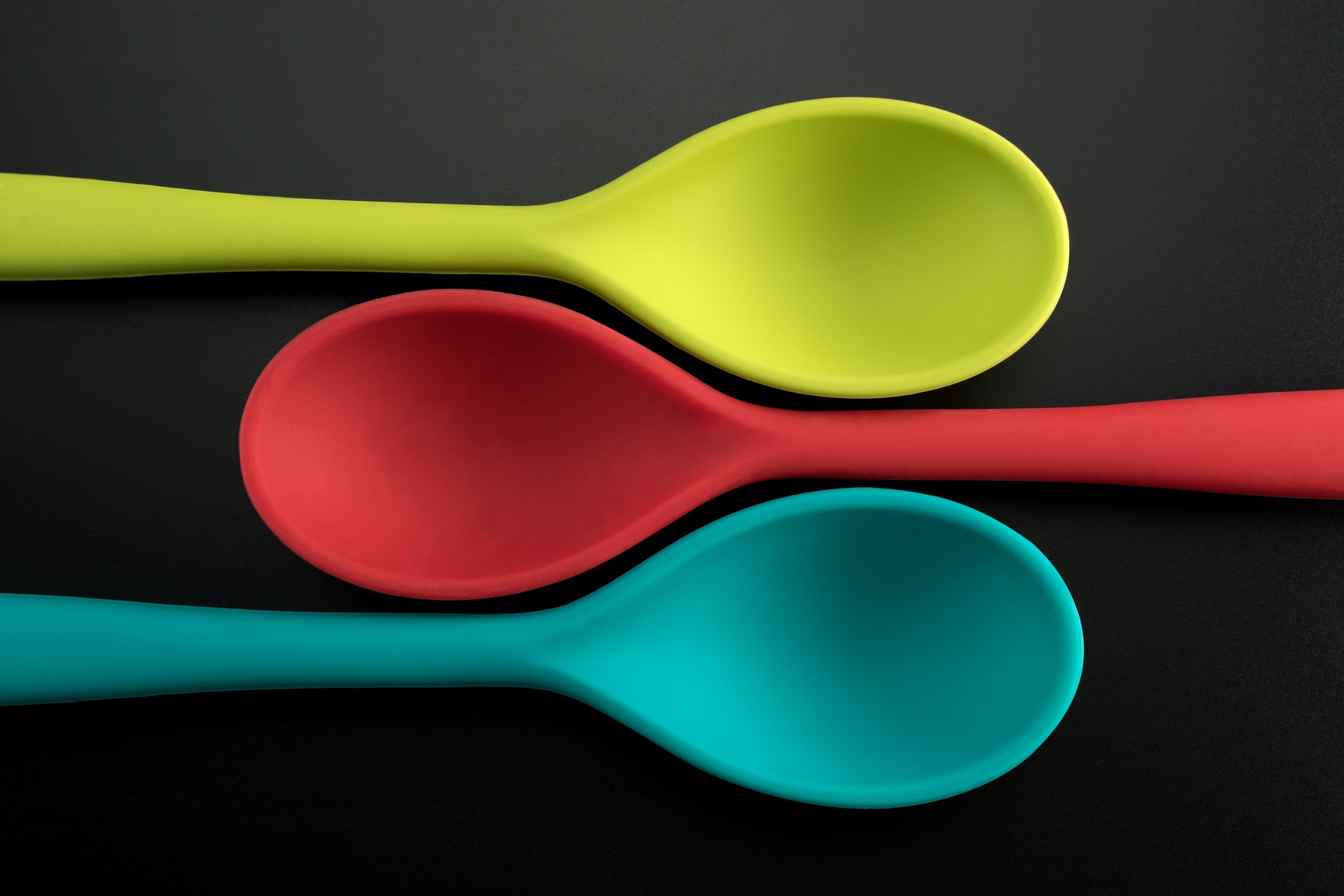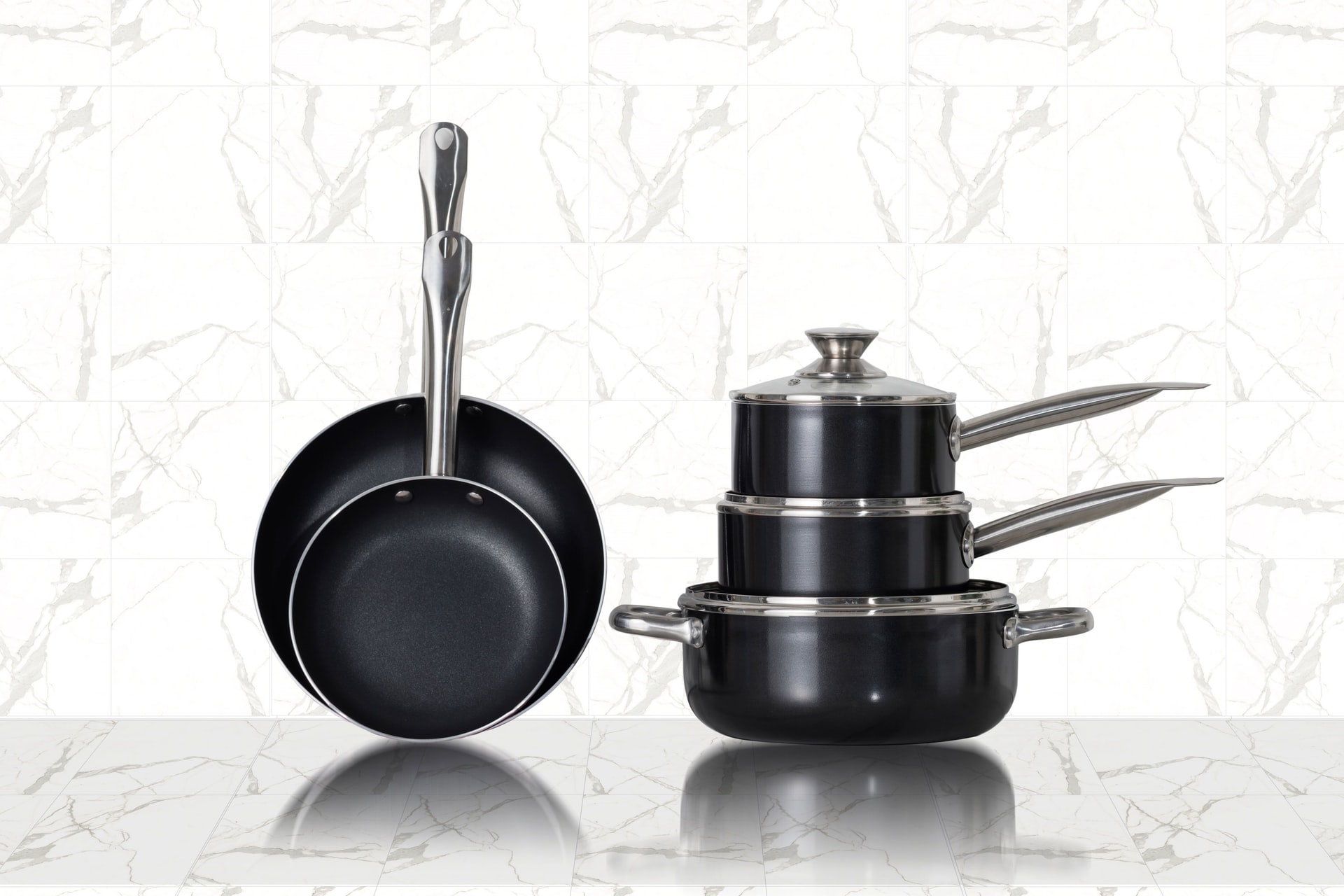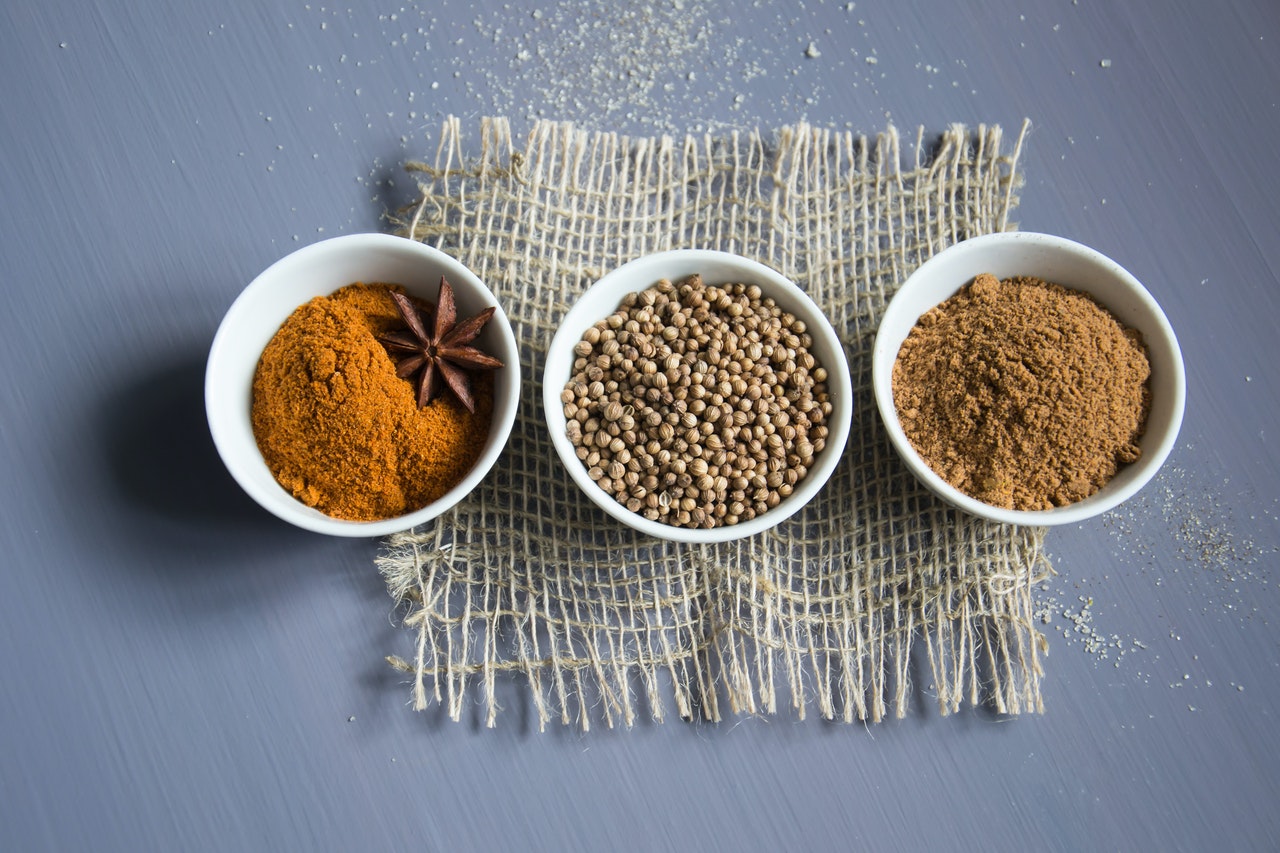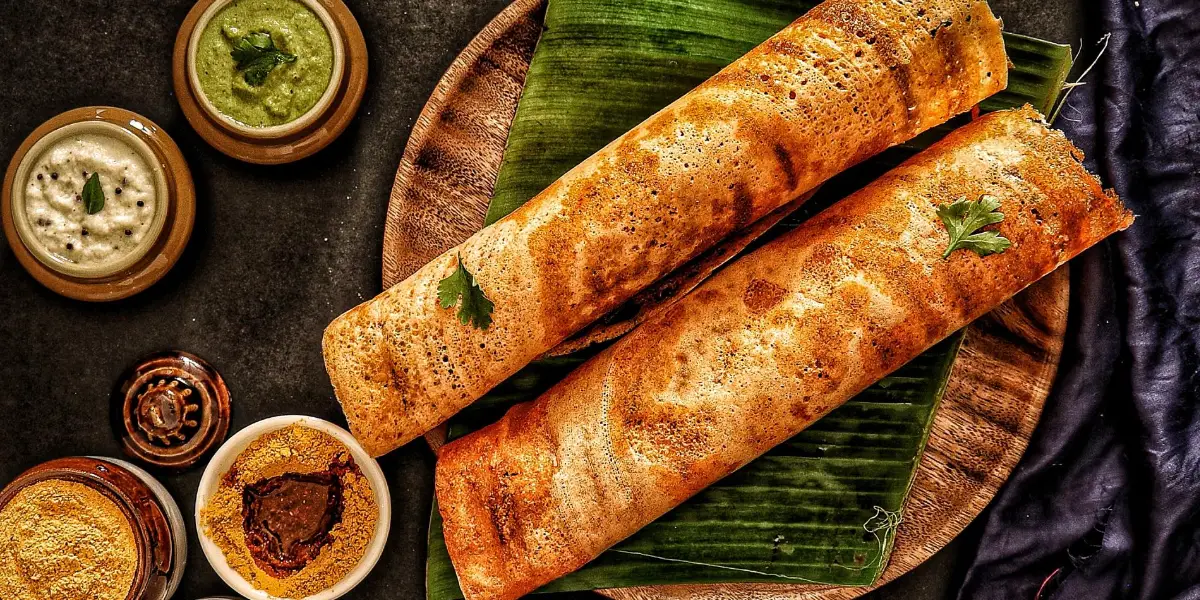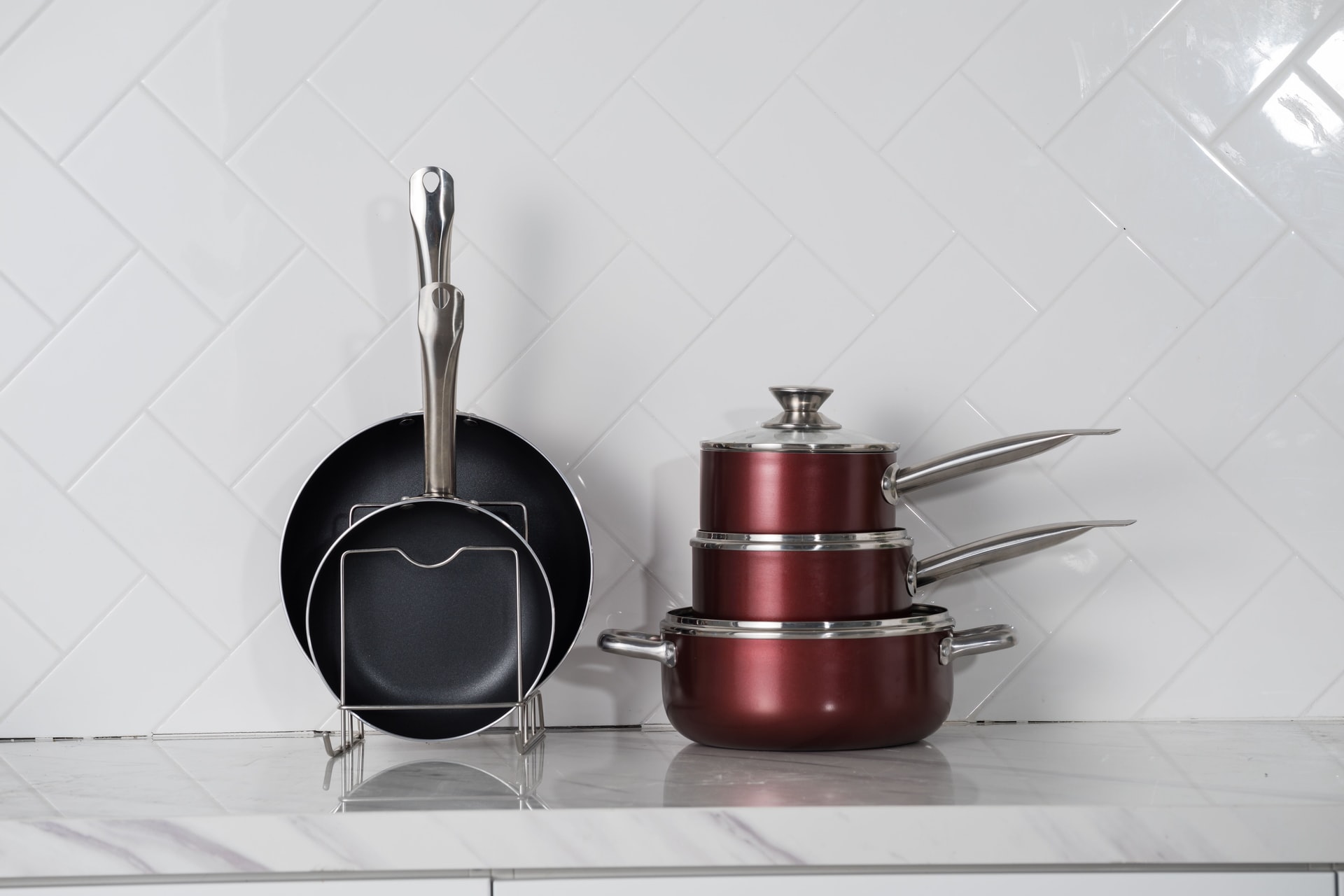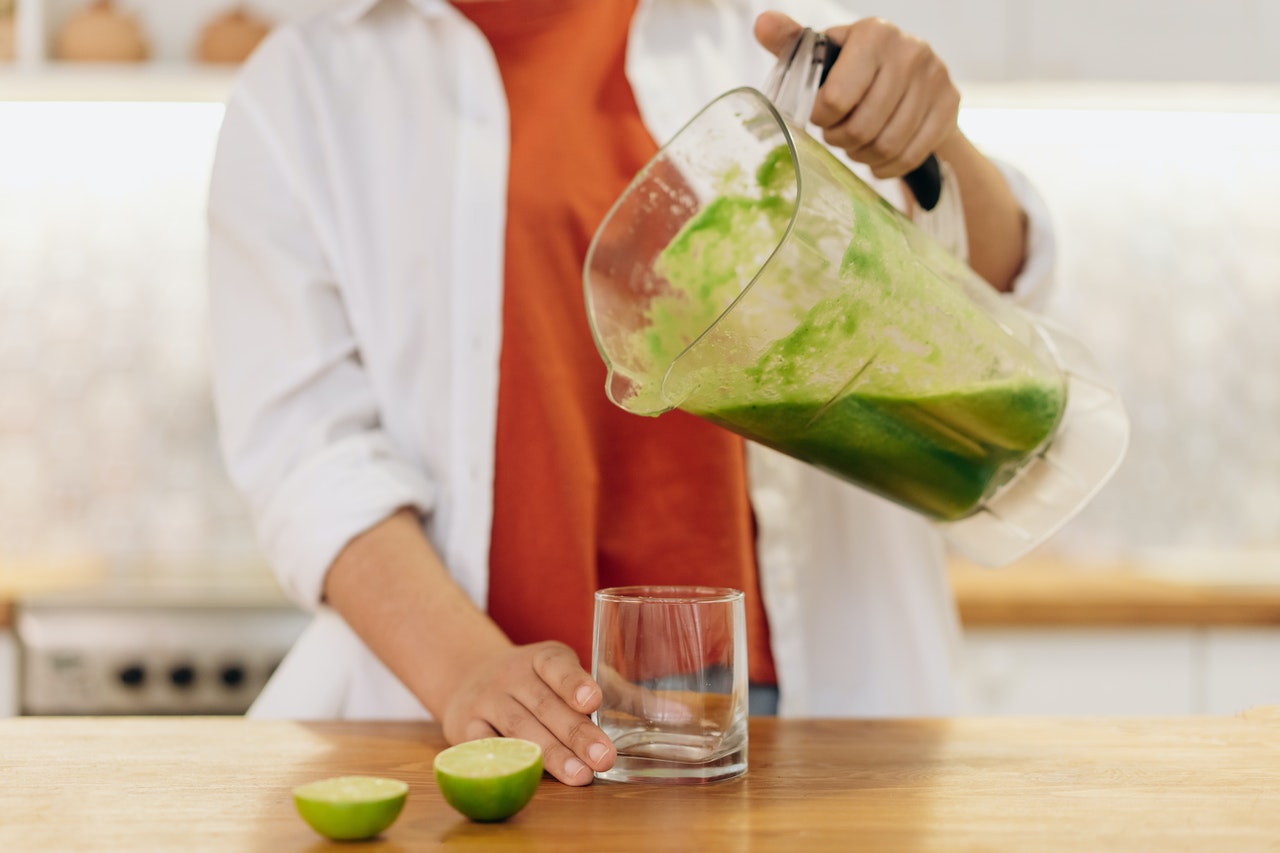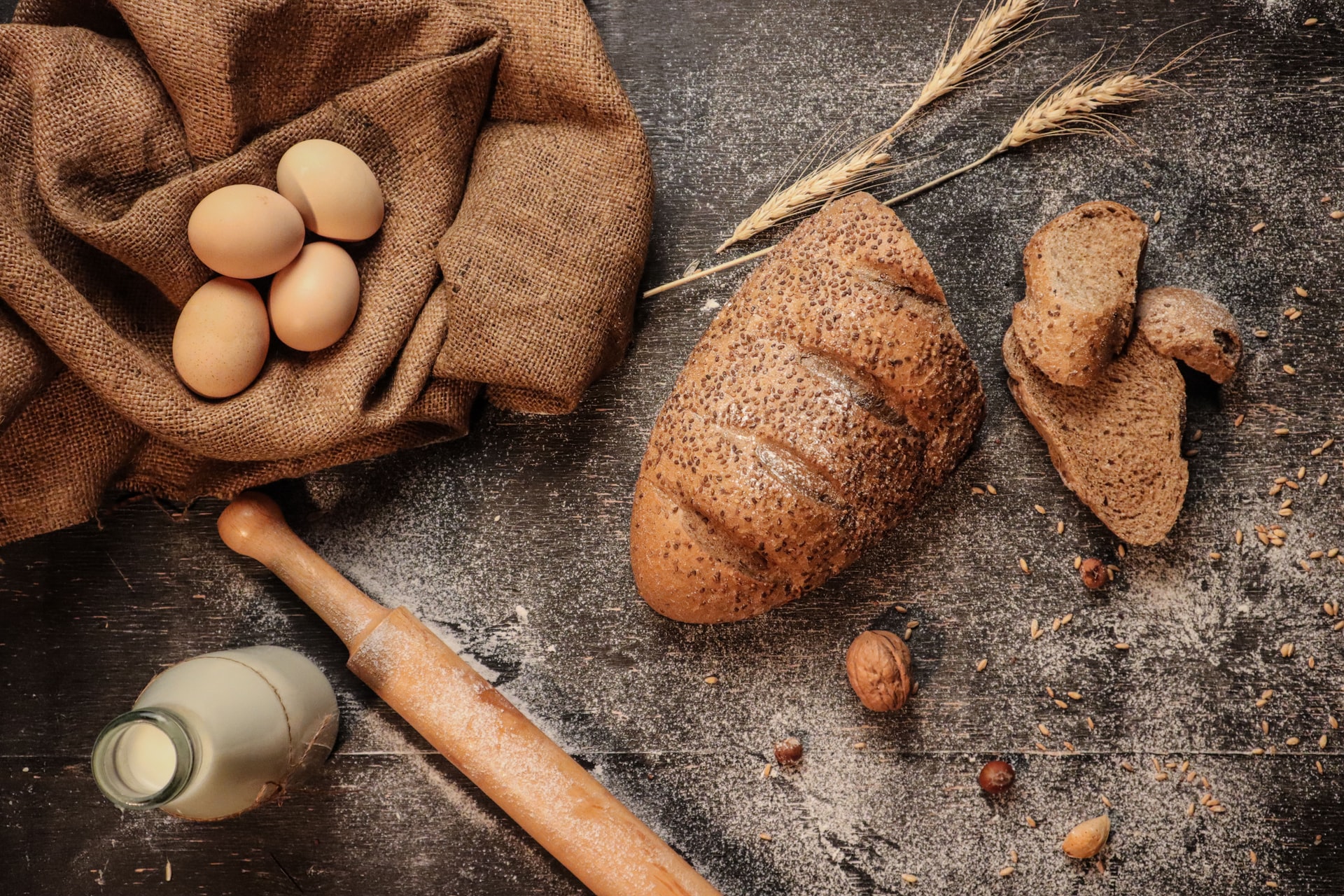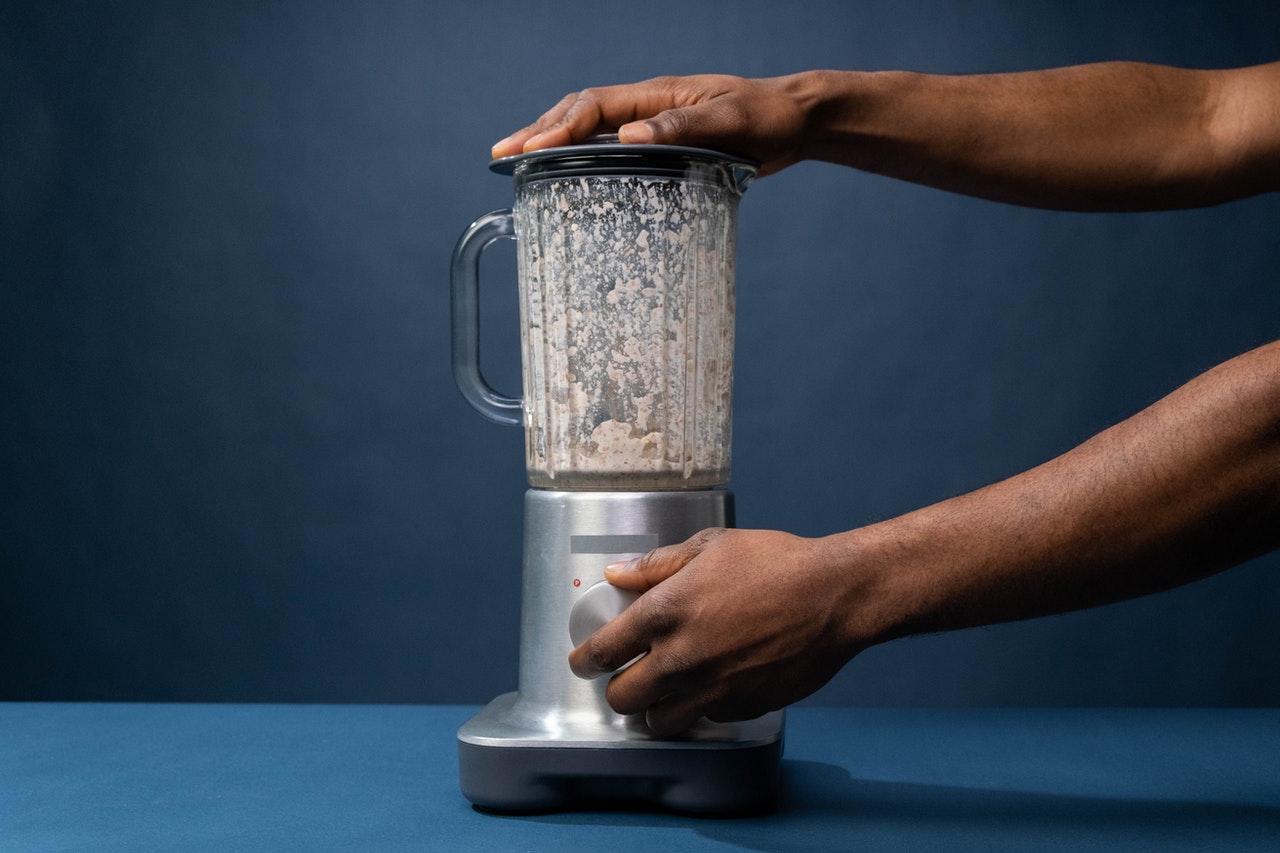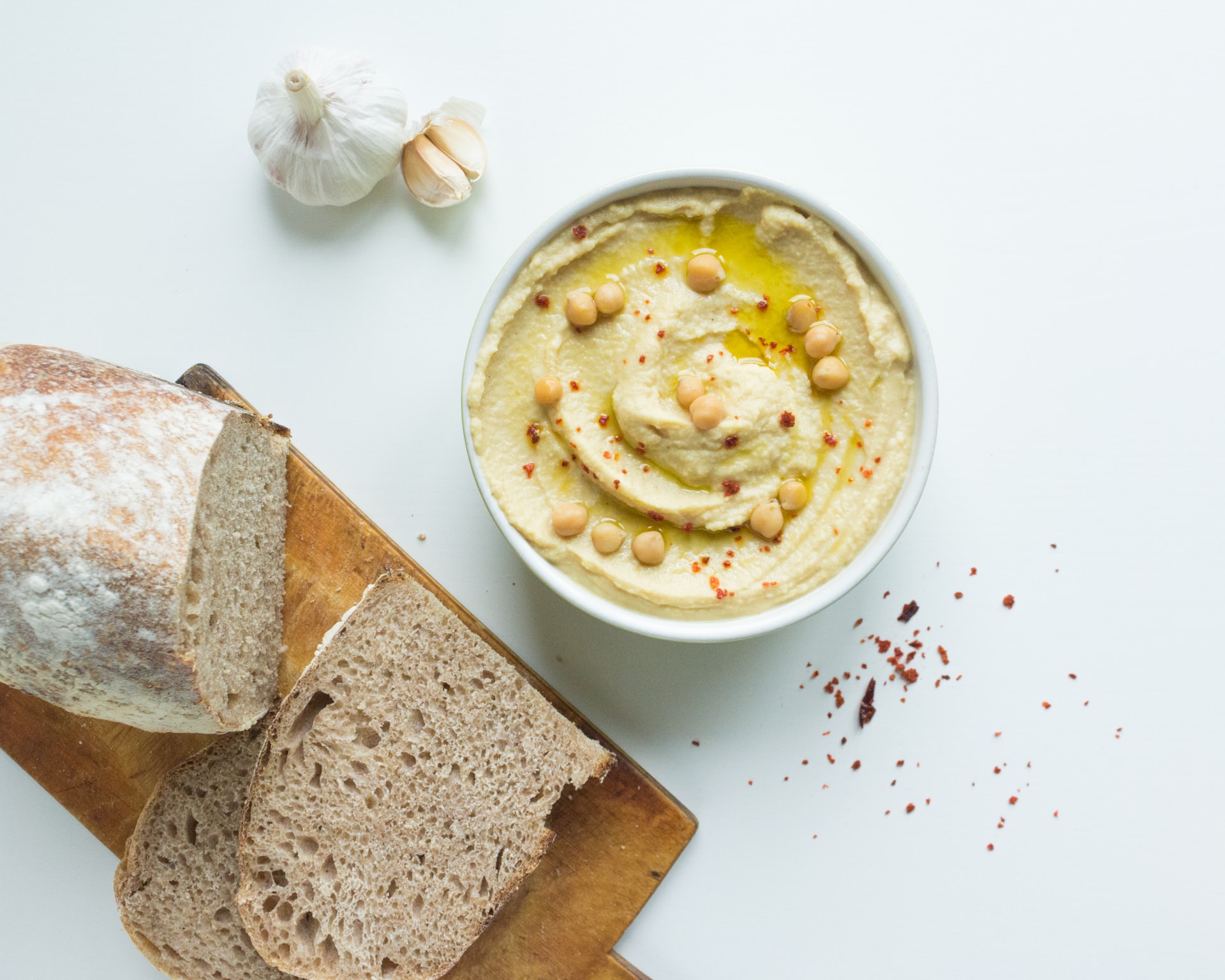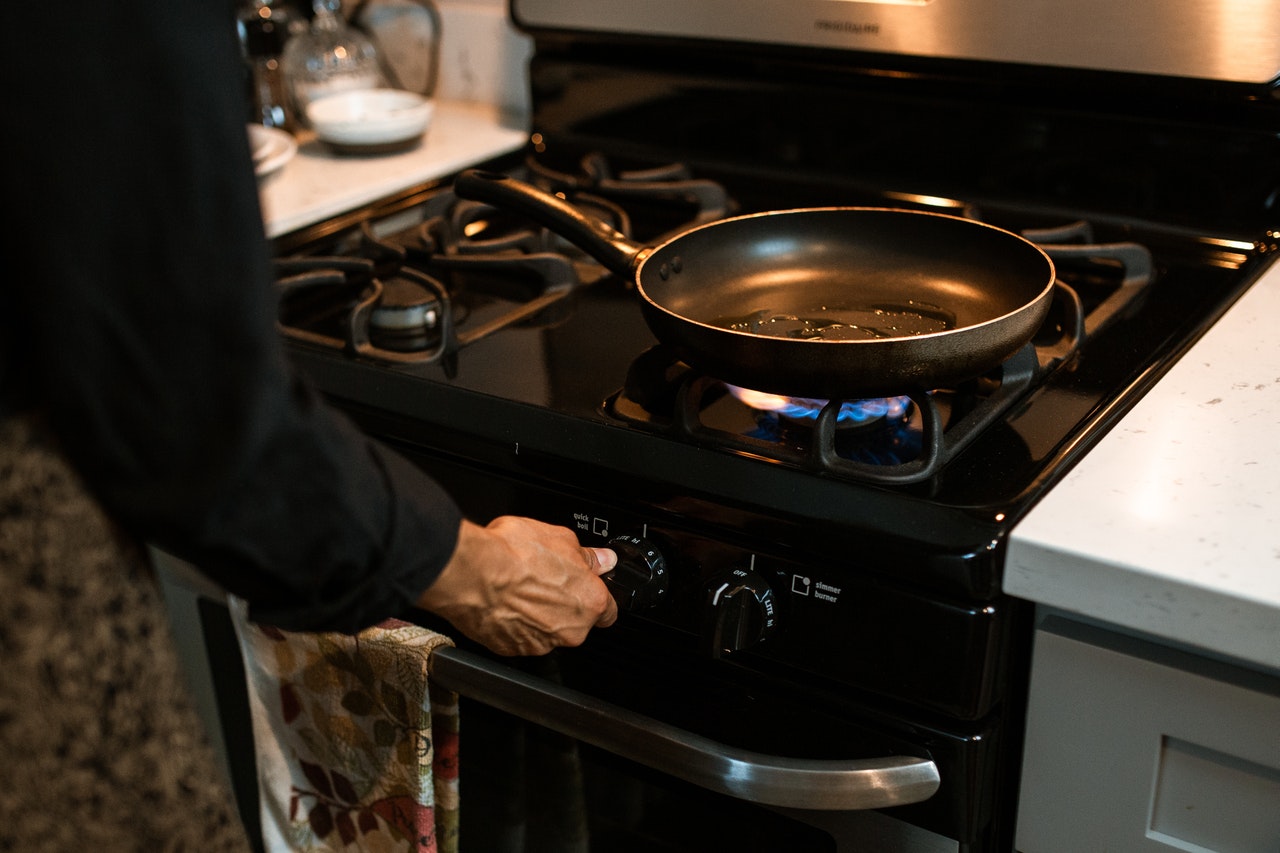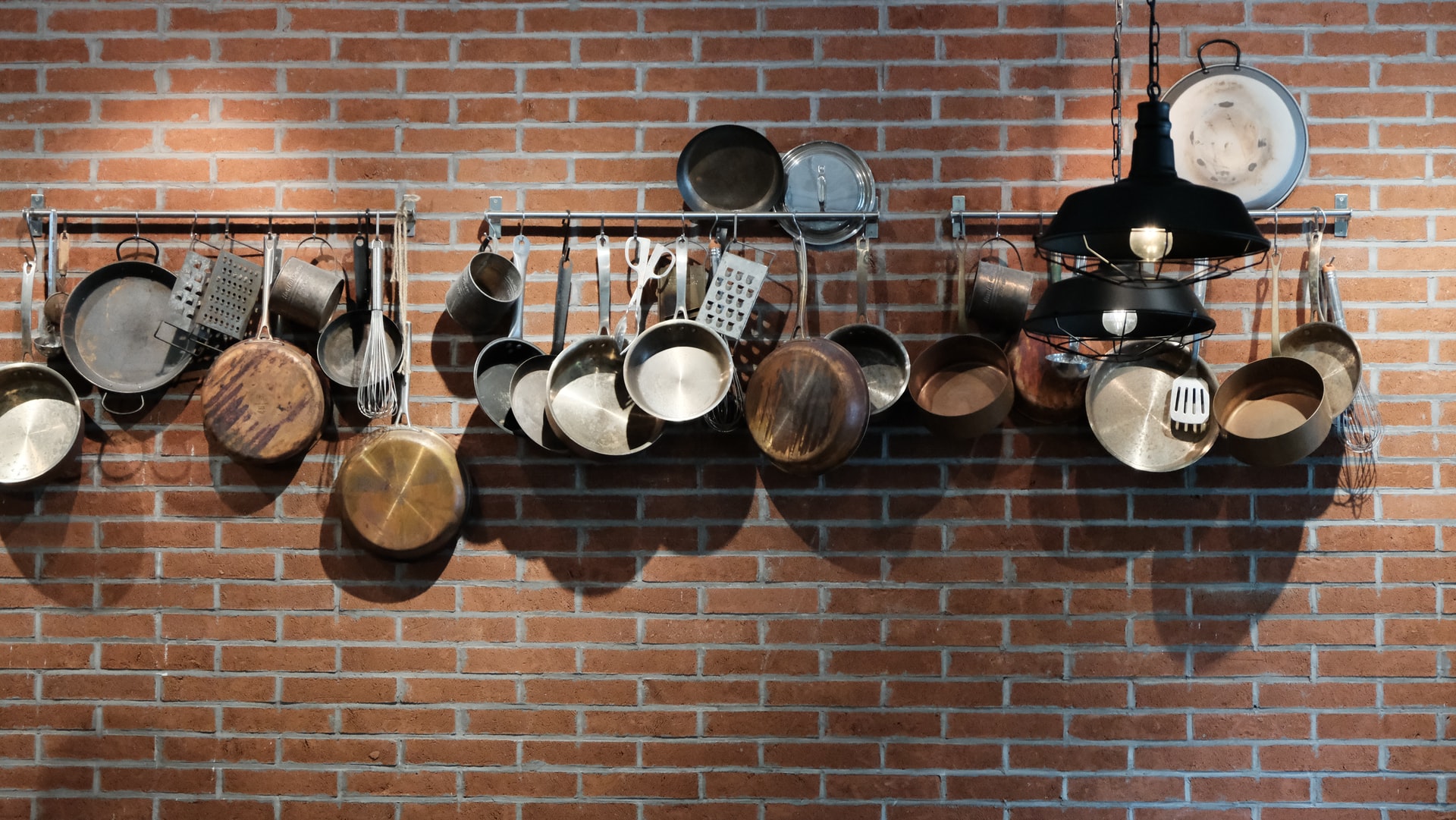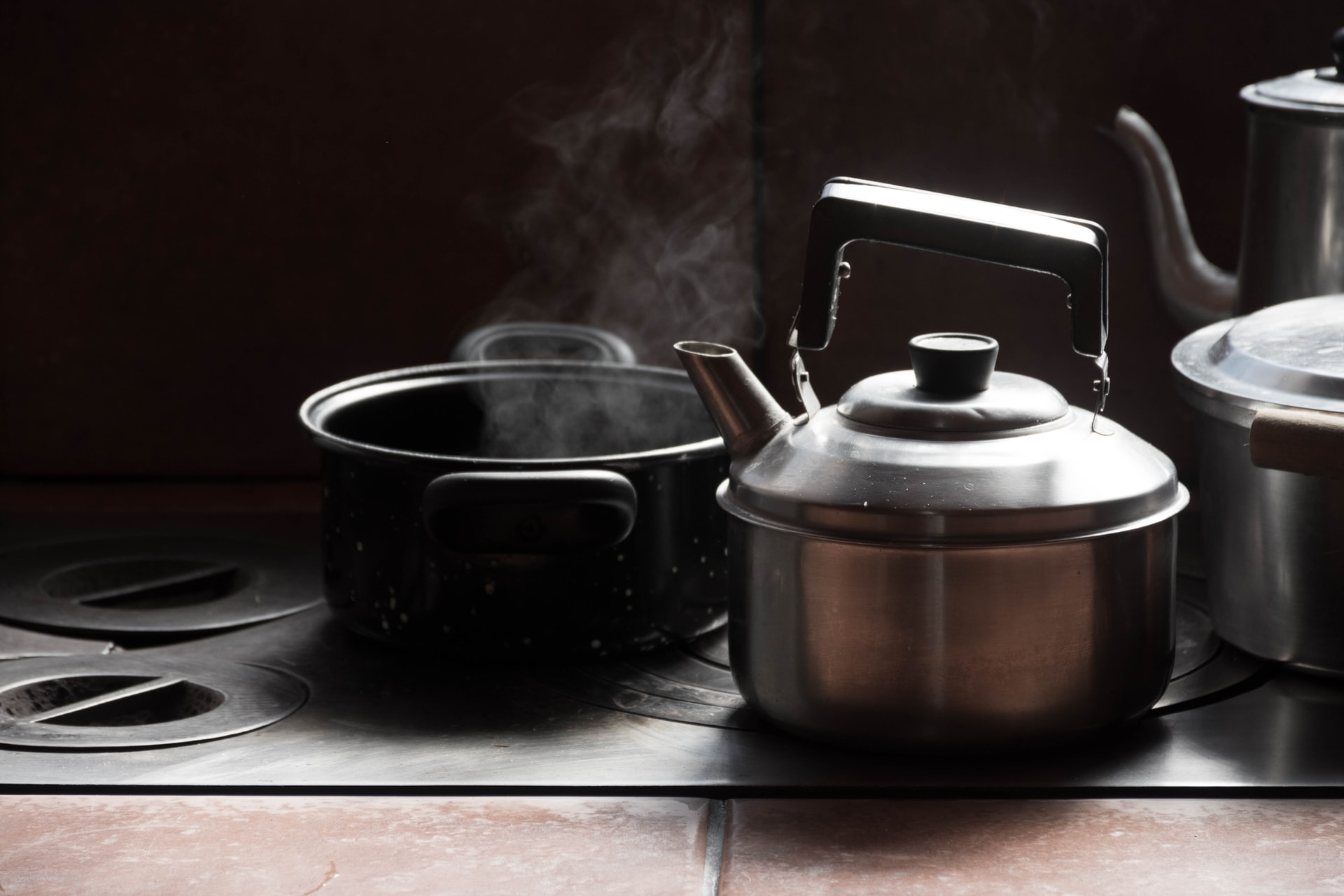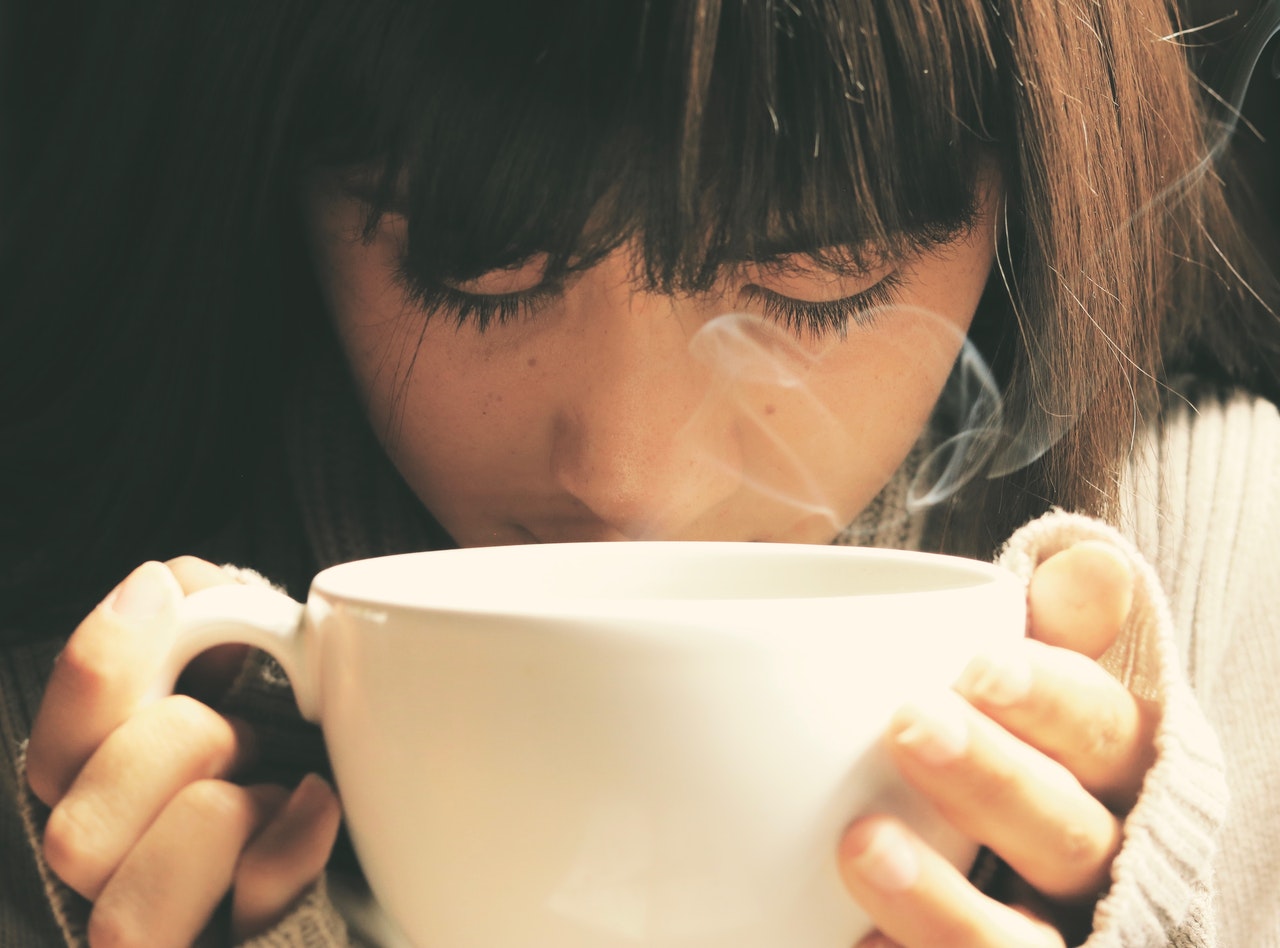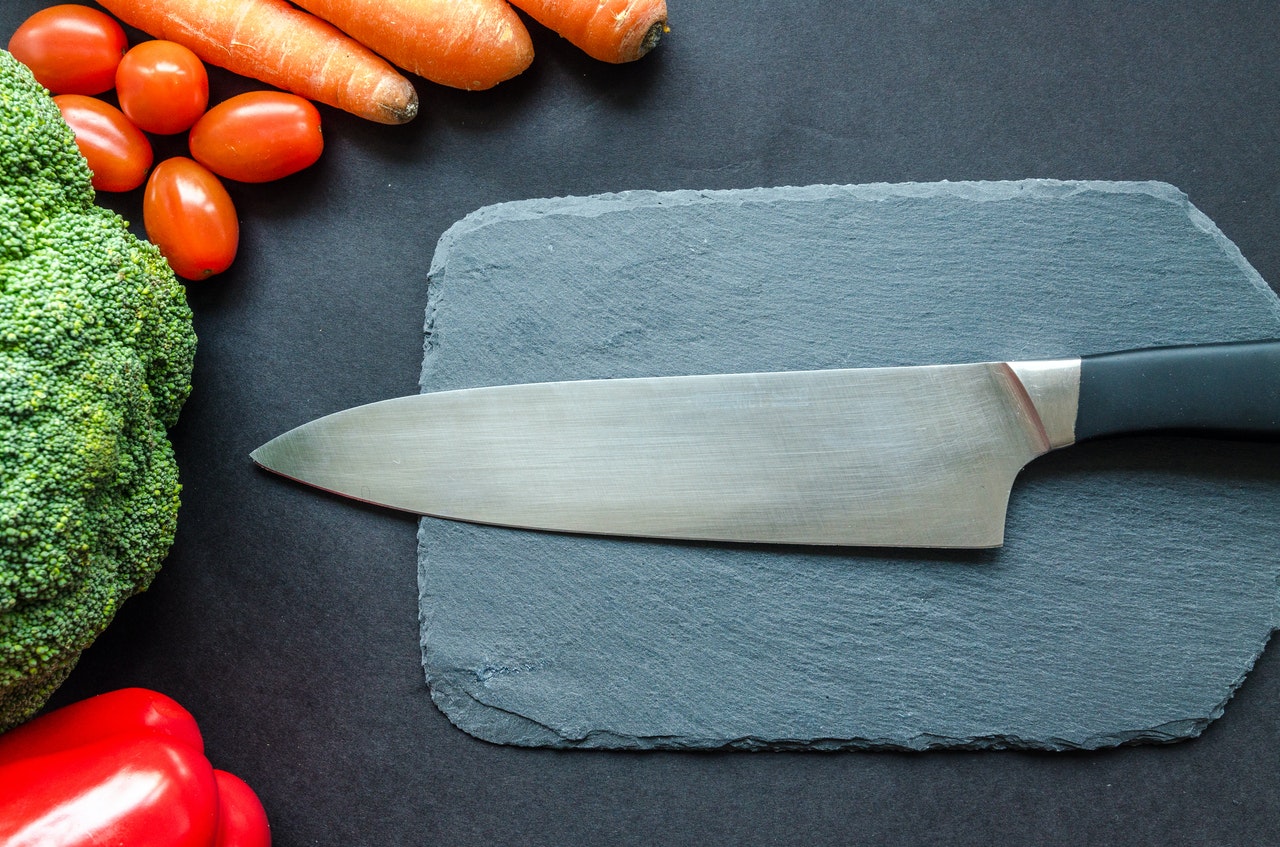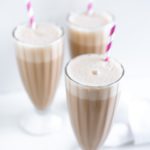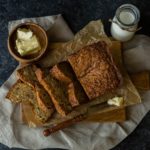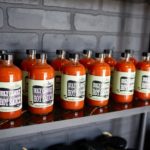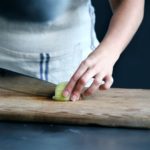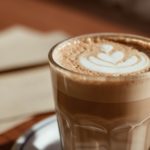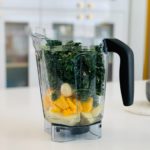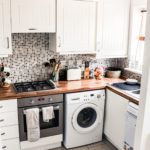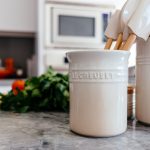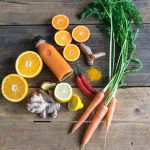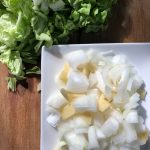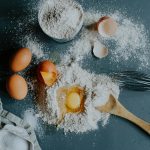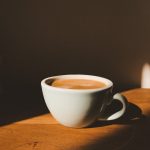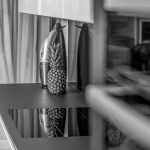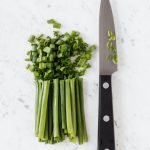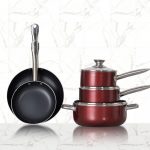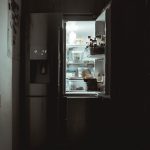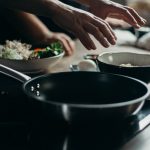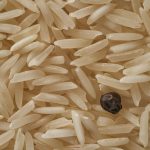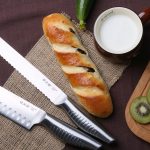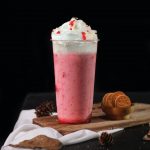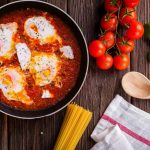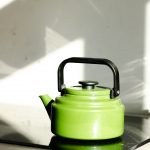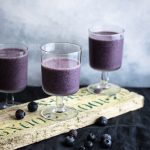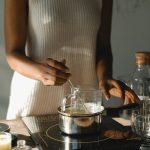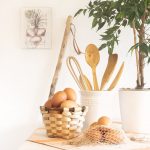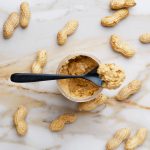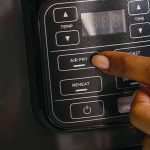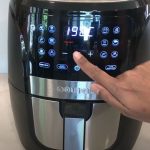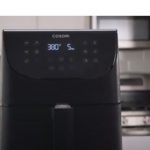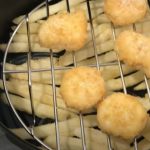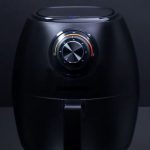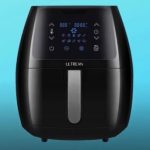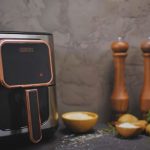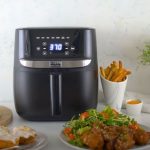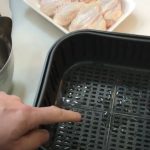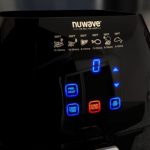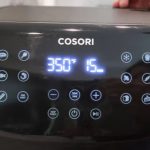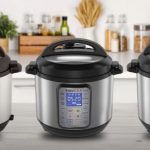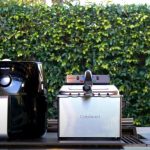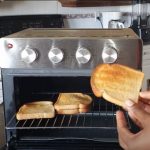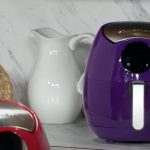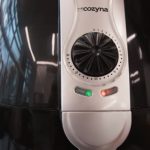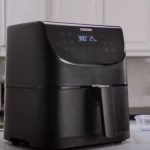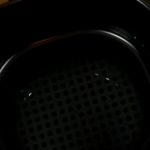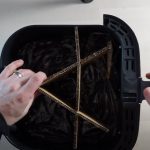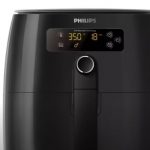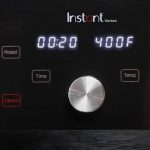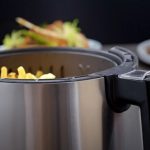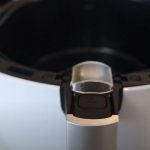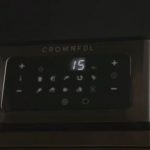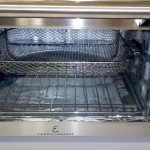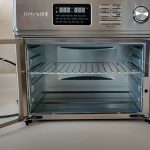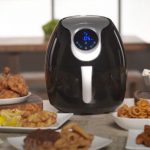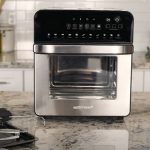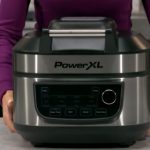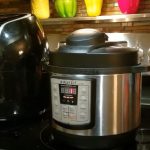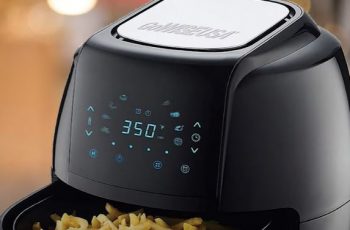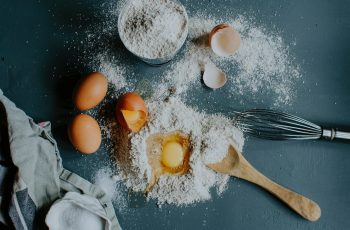Discover the Best Cutting Boards for Your Wusthof Knives
Why You Need the Best Cutting Board for your Wusthof Knives
A cutting board is a kitchen essential. It helps maintain the sharp edges of your knives, it can even make your knives sharper. A good cutting board is an investment for your home kitchen.
Choosing a good cutting board that will work well for you can be tricky. There are many options available for purchase. You can find a variety of different materials, sizes, and styles.
How do you know which board is the best one for you?
I have compiled a list of some of the best cutting boards for Wusthof knives below.
Best Cutting Board for Wusthof Knives – Top 3 Reviews
| Image | Title | Learn More |
|---|---|---|
Top | Yoshihiro Hi-soft High Performance Professional Grade Cutting Board Japanese Sashimi Chef's Tool Made in Japan (Small) | Learn more |
 | Kiso Japanese Cypress Hinoki Cutting Board, 16 x 10 x 1 Inch | Learn more |
 | Sonder Los Angeles, Large End Grain Teak Wood Cutting Board, 17x13x1.5in with Sorting Compartments, Non-Slip Feet, Juice Groove (Gift Box Included) | Learn more |
Kiso Hinoki Cutting Board Japan
Let’s just say the Japanese know what they are doing when it comes to taking care of their knives with the Kiso Hinoki Cutting Board. The materials used to make this chopping board is 100% authentic Japanese Cypress, which is an extremely soft wood. This soft wood allows the knife’s blade to penetrate the surface, therefore protecting it from becoming blunt and warped.
The Kiso Hinoki Chopping Board is masterfully crafted using one-inch thick strips, and not multiple layers, like other inferior products. The Cypress wood also contains a natural compound called phytoncide which naturally resists mold and bacteria.
You would be hard-pressed to find a better complementary cutting board for Japanese Knives than the Kiso Hinoki board.
Pros
- comes in many varying sizes to suit any kitchen and chef’s requirements
- extremely soft material for extra care for your Japanese knives
- natural anti-bacterial properties to maintain hygiene
Cons
- will require some additional care and maintenance due to the softness of the wood
- not the most budget friendly cutting board available on the market
- Made in Japan from 100% Authentic Japanese Cypress (Hinoki)
- Superior soft wood is prized for being gentle on Japanese and premium knives. Note that hinoki is NOT suitable for butchering or cleaving as it is easily dented.
- Crafted from full one inch thick strips of hinoki, not layered or multiple thin strips that make a lesser product.
- Renewably sourced and produced from famed Kiso and surrounding regions
Yoshihiro Hi Soft Performance Professional Japanese
The Yoshihiro Hi Soft Performance Professional Japanese Cutting Board is one that is made specifically for protection and durability of Japanese knives.
Rather than wood, this cutting board is actually a synthetic material canned Polyvinyl Acetate that is manufactured to be the best cutting surface for high carbon steel knives (the materials that Japanese knives are made from).
The synthetic material is also easy to clean and is treated so there are odor resistant properties.
Pros
- as it is manufactured from a synthetic material, it is available in many sizes that will suit any purpose
- minimizes stress on knives and your hand when cutting food
- specifically designed for extending blade retention and the longevity of Japanese knives
Cons
- is not a wood material which is usually the preference for chefs
- not a self healing cutting board
- A cutting board has a significant impact on knife edge durability, more so than the food itself.
- The Hi-soft cutting board is constructed to be the best cutting surface for high carbon steel knives.
- Features a high quality synthetic material specifically designed to minimize stress on your hand and impact on the blade, resulting in better edge retention and a longer lifespan for your knives.
- Allows for easy cleaning and provides odor resistance.
- Size: Small, Medium, Large, X-Large, XX-Large, XXX-Large available. Made in Japan.
Sonder Los Angeles Large End Grain Teak Wood Cutting Board
We wanted to include a cutting board that was created closer to home. After some extensive research we found the Sonder Los Angeles Large End Grain Teak Wood Cutting Board. Although traditionally Teak is a harder wood than most of the Japanese cutting boards produced in Japan, we still believe it is a worthy contender and should be considered on the same level.
The Sonder Teak Cutting Board boasts about its durability and expert craftsmanship, with its end grain construction and self healing properties.
They maintain the Teak material used in the board allows the knife’s cut to cut between the grains, therefore not blunting the knife AND the fibers actually close up after the knife leaves the board.
The board has other function features that make it a really robust cutting board. Features such as juice grooves along the entire perimeter of the board. This helps to prevent spillages and mess.
Another noteworthy feature is the non-slip foot holds on one side of the board. It is a safety feature that we frankly love. There is nothing worse than a high-end cutting board that slips and slides around when pressure is exerted on the board. In our books, this is a major safety hazard that should be given a lot of weight when considering your next cutting board.
Pros
- stylish look and feel that will complement most kitchen decor
- juice grooves to capture and prevent mess
- non-slip feet to provide additional safety
- self healing and antibacterial properties
Cons
- not necessarily the softest wood for Japanese cutting knives
- DURABILITY – Thoughtfully crafted to be the most functional board you will ever own with its multipurpose design. Artisan is an end grain constructed board, known to be extremely durable and highly desired for their self-healing properties. Each knife cut goes between the wood fibers, rather than cutting through them. These fibers close back up after the knife exits. Your knives are cutting on a naturally forgiving surface, keeping your knives edge sharper for longer.
- DEEP JUICE GROOVES – No more messy countertops from liquids running off your board. Cleaning up after a meal is already enough work. Our built-in deep juice grooves will prevent water, juices, and grease from overflowing onto your countertop during meal prep and serving. Perfect for carving roast, brisket, or ribs at barbecues. The removable rubber feet allow for stability and the inner handles provide grip for easy carrying.
- VERSATILE BUILT-IN SORTING COMPARTMENTS – Three built-in sorting compartments designed to make meal prep easier than ever. No need to off-load your diced onions, chives, garlic, etc…onto extra dishes. Simply dice and slide into the compartment to clear your cutting surface and continue chopping. This side can also be used for entertaining as a charcuterie or crudite board. Try using the compartments for crackers, nuts, fruit, olives, and more.
- SPACE SAVING – We understand kitchen space is limited and that is why we designed a board that serves multiple functions and is beautiful enough to be displayed on your countertop. Chop, prep, serve and entertain your way to happiness! We’re confident this will quickly become your favorite board.
- SMALL BUSINESS, BIG SERVICE – We are a small Los Angeles brand and our customers are our #1 priority. We cut no corners in our products and we will cut no corners in our support to you. Purchase with peace-of-mind knowing that we stand behind our products, and in the unlikely event of a manufacturing defect, we will replace your board free of charge within 1-year of your order. Warranty registration instructions included.
Buyers Guide to Choosing the Right Cutting Board for your Wusthof Knives
Let’s take a quick look at some different materials available on the market.
Wood Cutting Boards
Hands down probably one of the best types of cutting boards you can get for any knives or cutting purposes. The texture of wood is soft enough to allow the edge to penetrate, meaning it won’t blunt the knife. This means the knife is protected and will last for a long time without requiring sharpening and wearing down.
Many people (and food hygienists) are worried about wooden chopping boards for sanitary purposes – in other words they are worried about keeping the boards clean and bacteria free.
However, in actual fact, if you choose the right wooden boards, the wood itself can self heal and prevent cuts from harboring bacteria. In addition, some woods (such as hinoki and Aomori hiba Japanese sourced woods) have been found to have antibacterial properties within the wood itself. So in actual fact, wood chopping boards are actually one of the materials we would highly recommend for both knife protection and hygiene purposes. Just be sure to do a little research about the type of wood that you are thinking about purchasing.
Plastic Cutting Boards
Plastic cutting boards is probably the next best pick of cutting board after wood.
The reason being the surface of plastic boards is still soft enough for knives to penetrate. Unfortunately, plastic boards tend to cut away from you slice into them, leaving large crevices for bacteria to breed and spread to your food.
One advantage of plastic cutting boards is that they can often be color coded so that only certain foods are used on particular colors. This is particularly helpful in a commercial setting with many chefs using different pieces of equipment in the kitchen. It helps to reduce the chances of cross-contamination of foods and the eventual food-poisoning resulting from the contamination.
Plastic cutting boards can also be run through a dishwasher, which makes cleaning a breeze.
Bamboo Cutting Boards
Bamboo seems to be the latest eco-friendly material to really have caught on in a lot of industries, like clothing, bedsheets, and even nappies. And for good reason. It is a sustainable material that grows rapidly – meaning it is cheap and abundant around the world. It also has a very low environmental footprint which makes it the perfect material to use.
However, when it comes to chopping boards, bamboo is unfortunately one of the least desirable materials – especially for your knife health.
It sounds counterintuitive because before we were raving on about wood being the best material for your Japanese knives – and isn’t bamboo in the same category? Surprisingly the answer is NO – what gives bamboo it’s strength and durability, will actually work against the knives and serve to blunt their edges. The hard exterior of the bamboo is too hard for a knife to penetrate, causing warping and ruining your expensive knives.
Glass / Marble Cutting Boards
Glass and Marble cutting boards are in the same category as bamboo. It is basic physics. Solid glass and marble cutting boards have a greater density that the thin knife’s edge, again, causing the edge to dint and bend to the extent that the knife will become unusable.
Final Verdict
If you own a few expensive Wusthof knives, you will want to take care of their durability and longevity. This can be achieved with a bit of research and knowledge about the cutting surfaces should be using. Using cutting boards that are specifically designed for looking after your knives is a must – and we have listed the Top 3 boards of our choice for keeping those knives razor sharp.
You won’t go wrong with the Kiso Hinoki Cutting Boards and their natural soft wood composition and naturally occurring antibacterial properties.
When it comes down to the crunch, your choice will be determined by the materials within the board. We have provided a helpful Buyers Guide of your options when it comes to the Best Cutting Board for Wusthof Knives.
